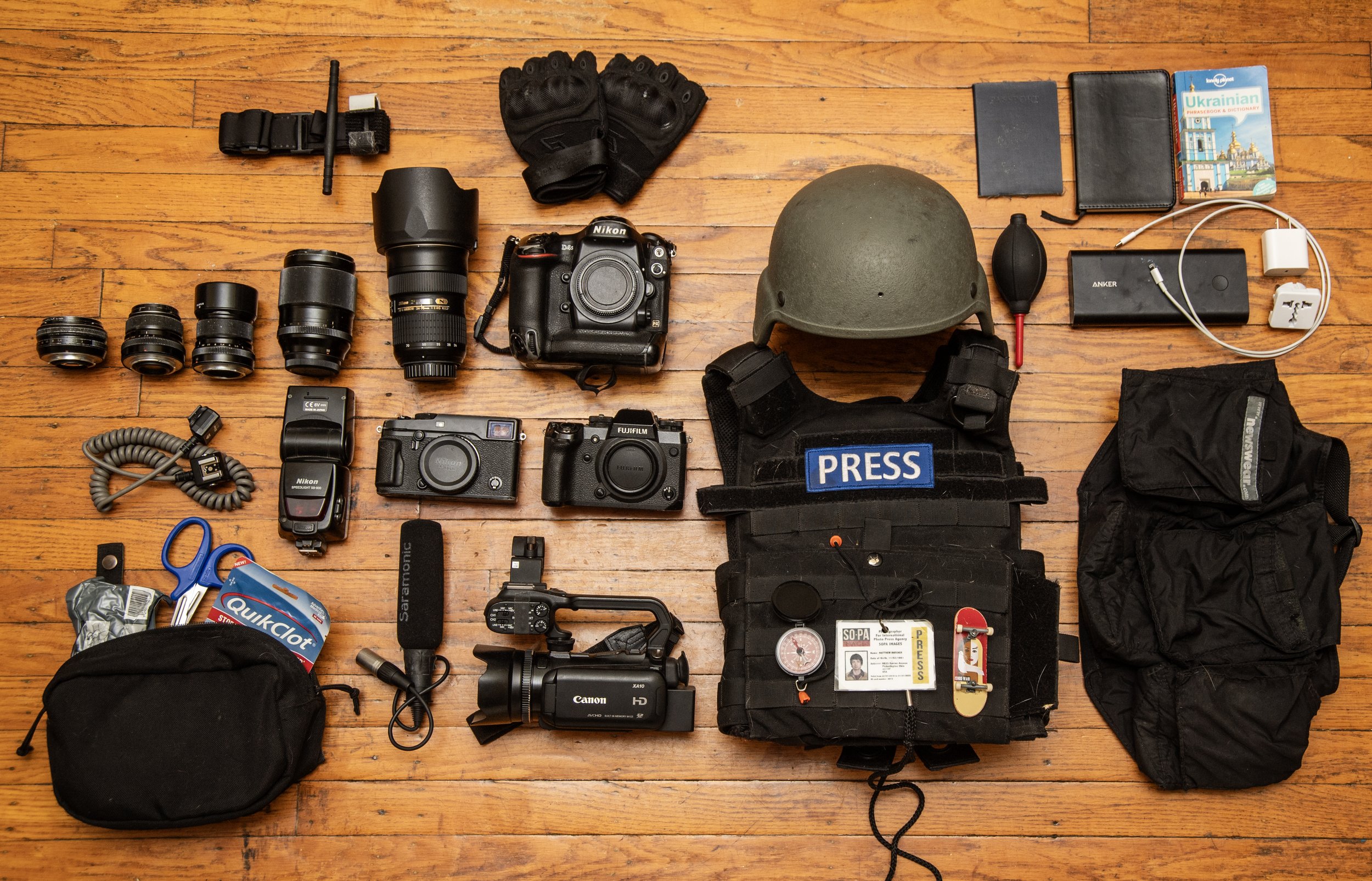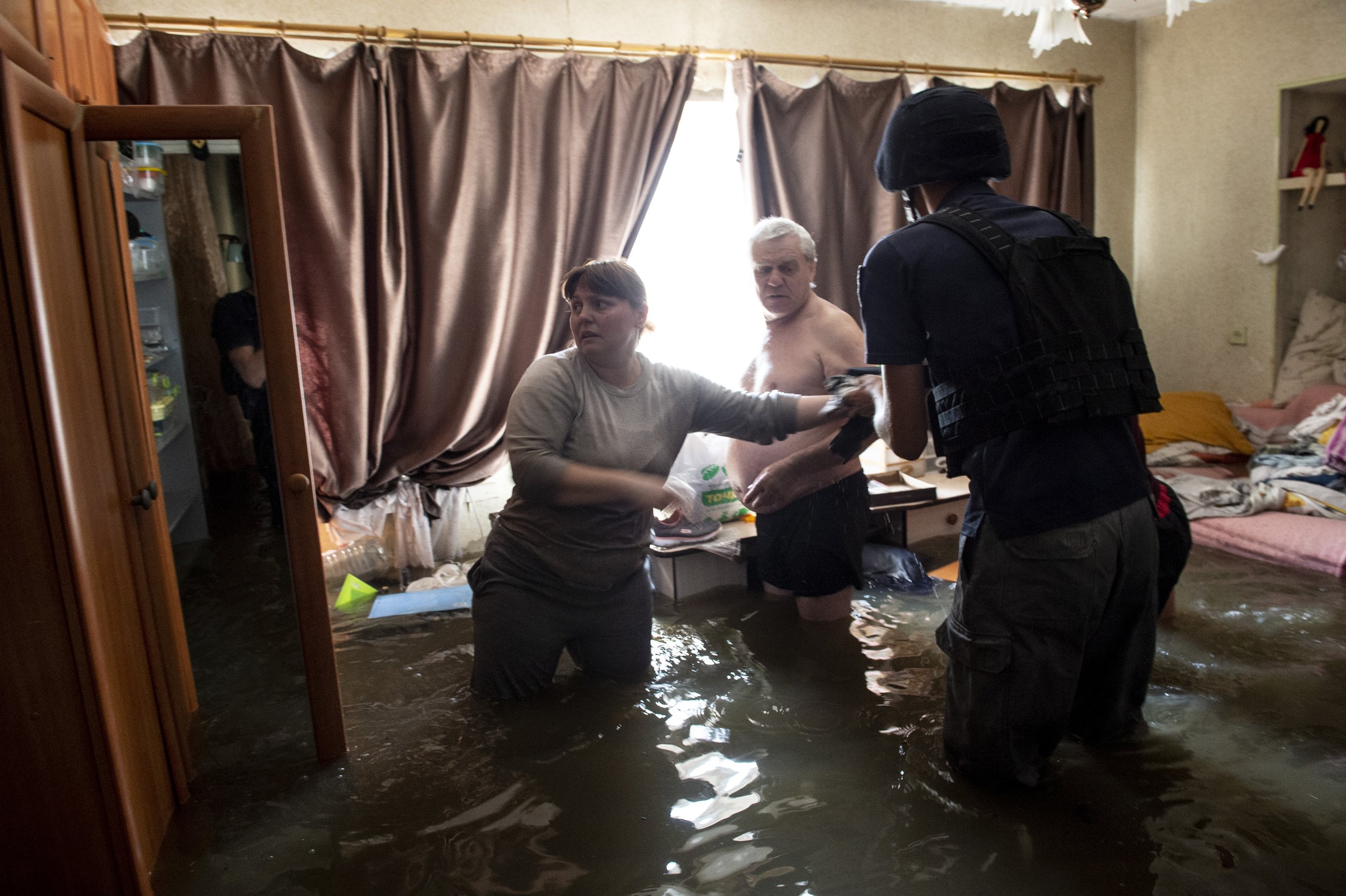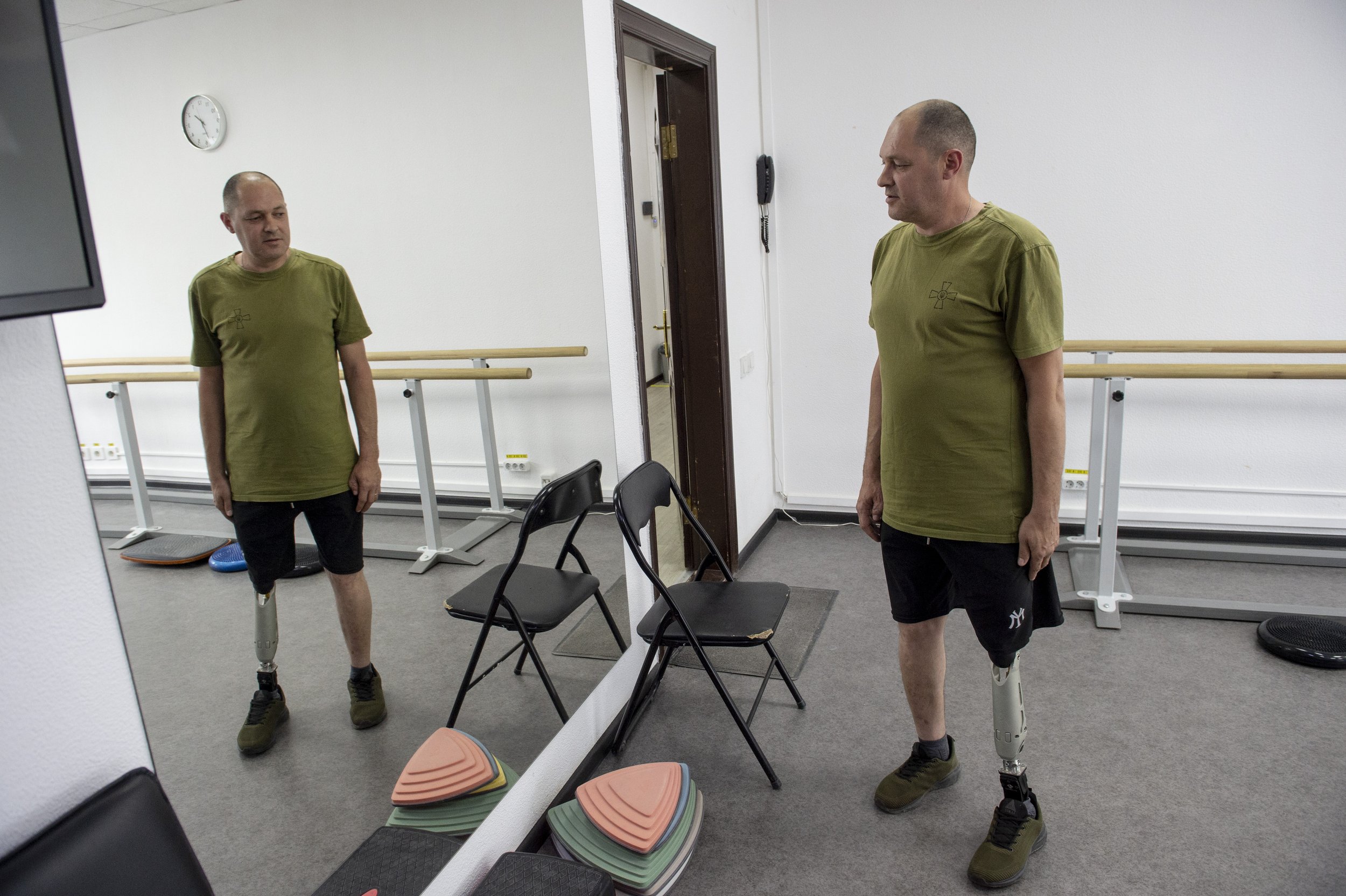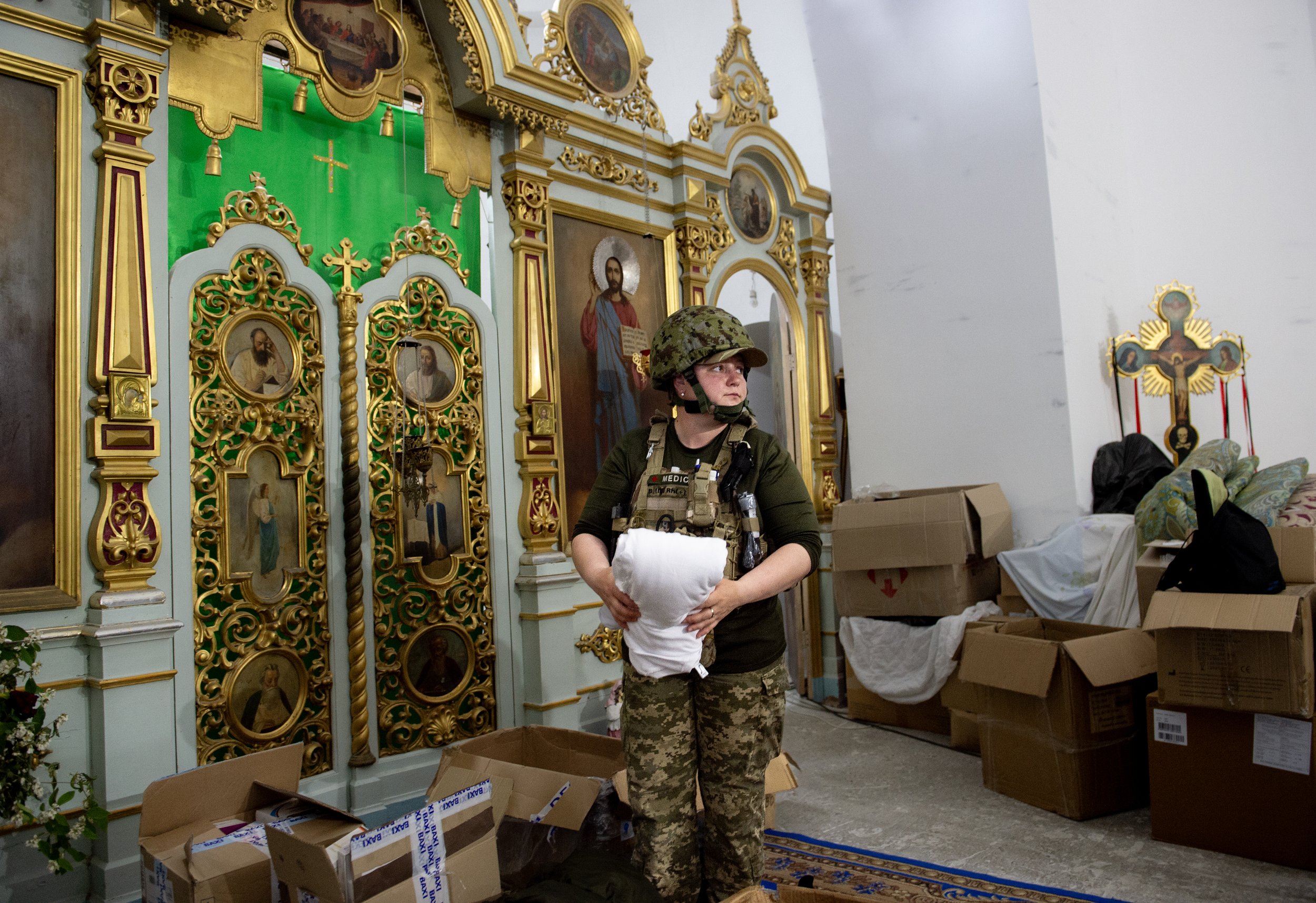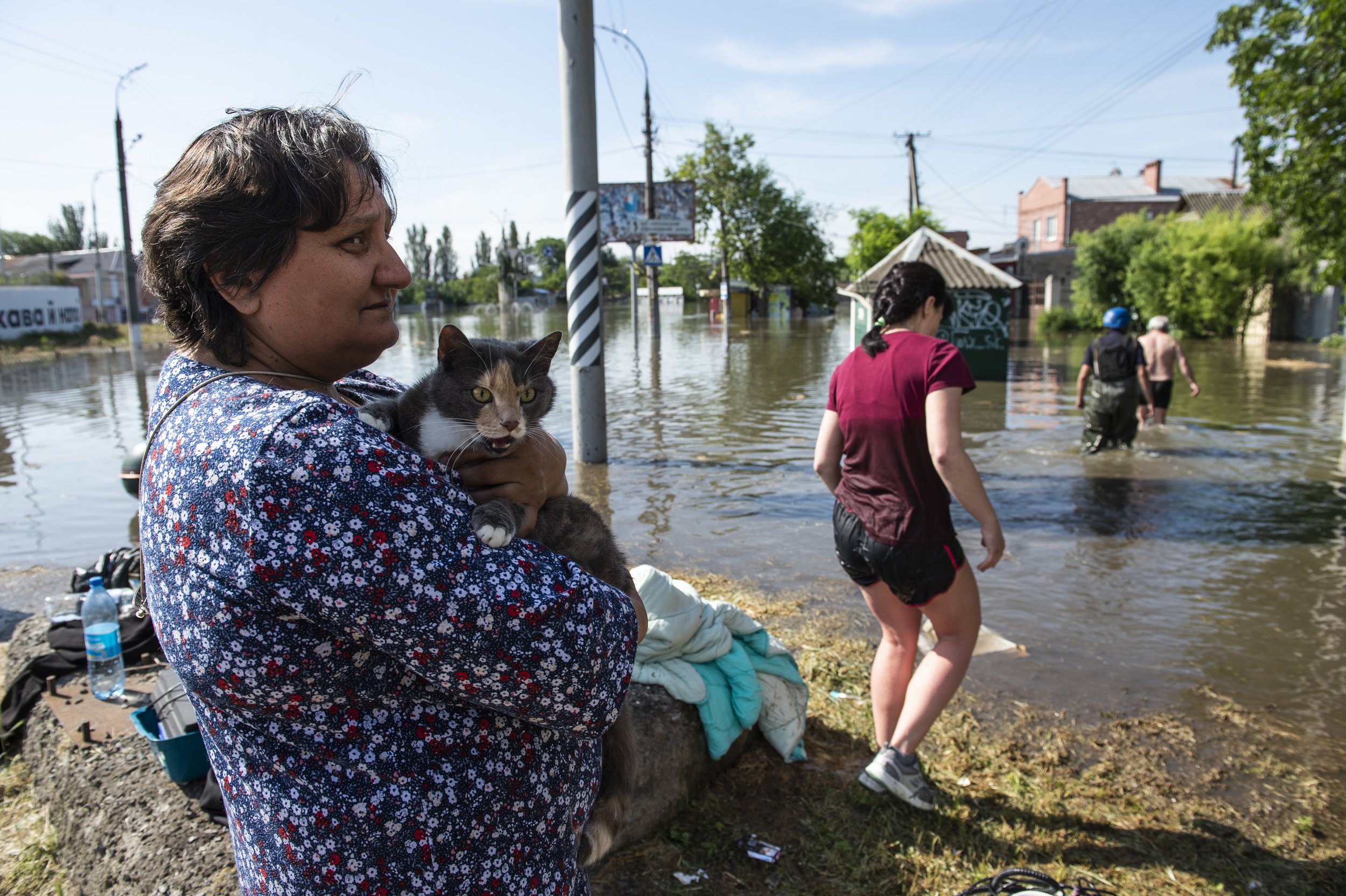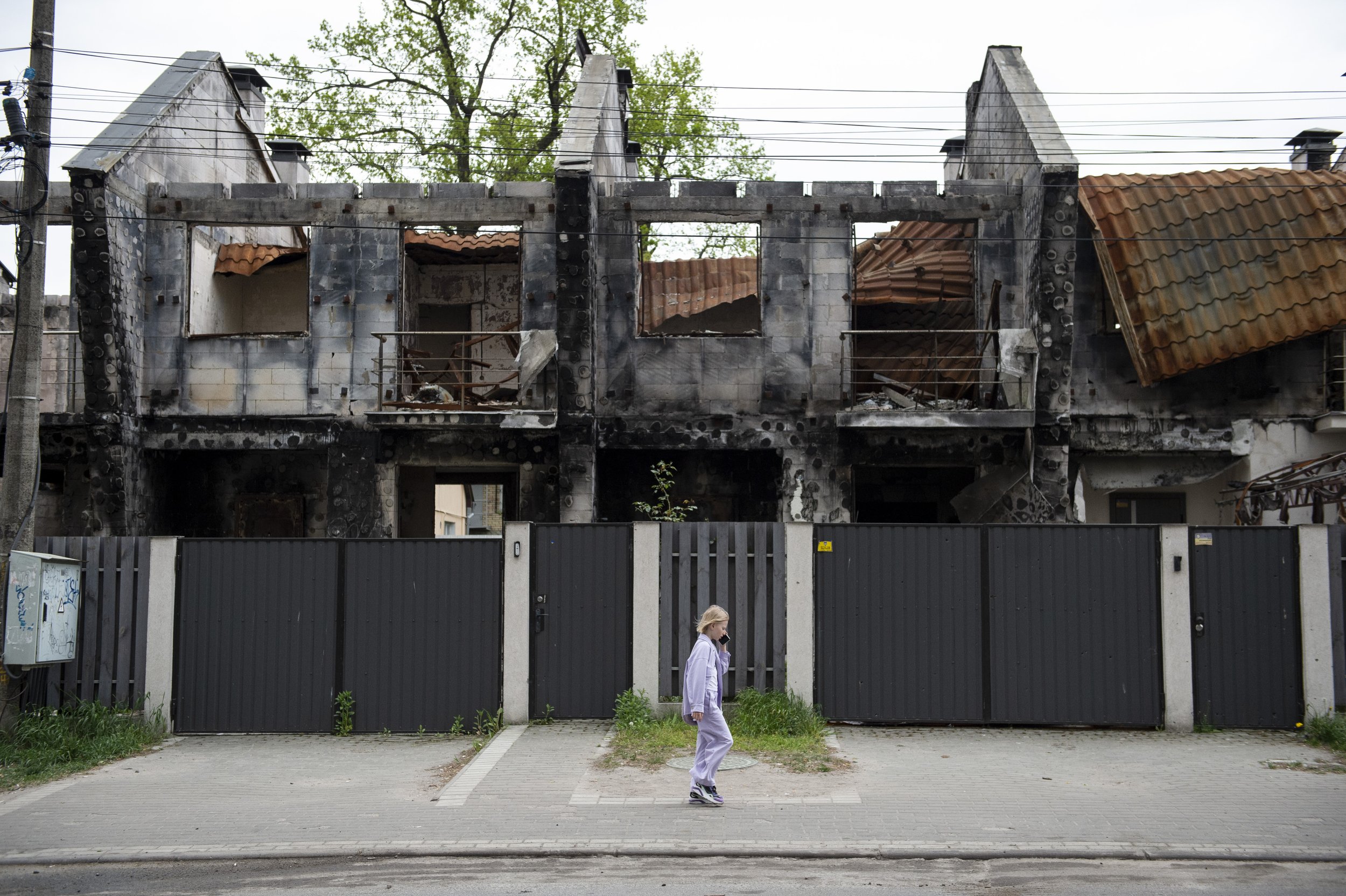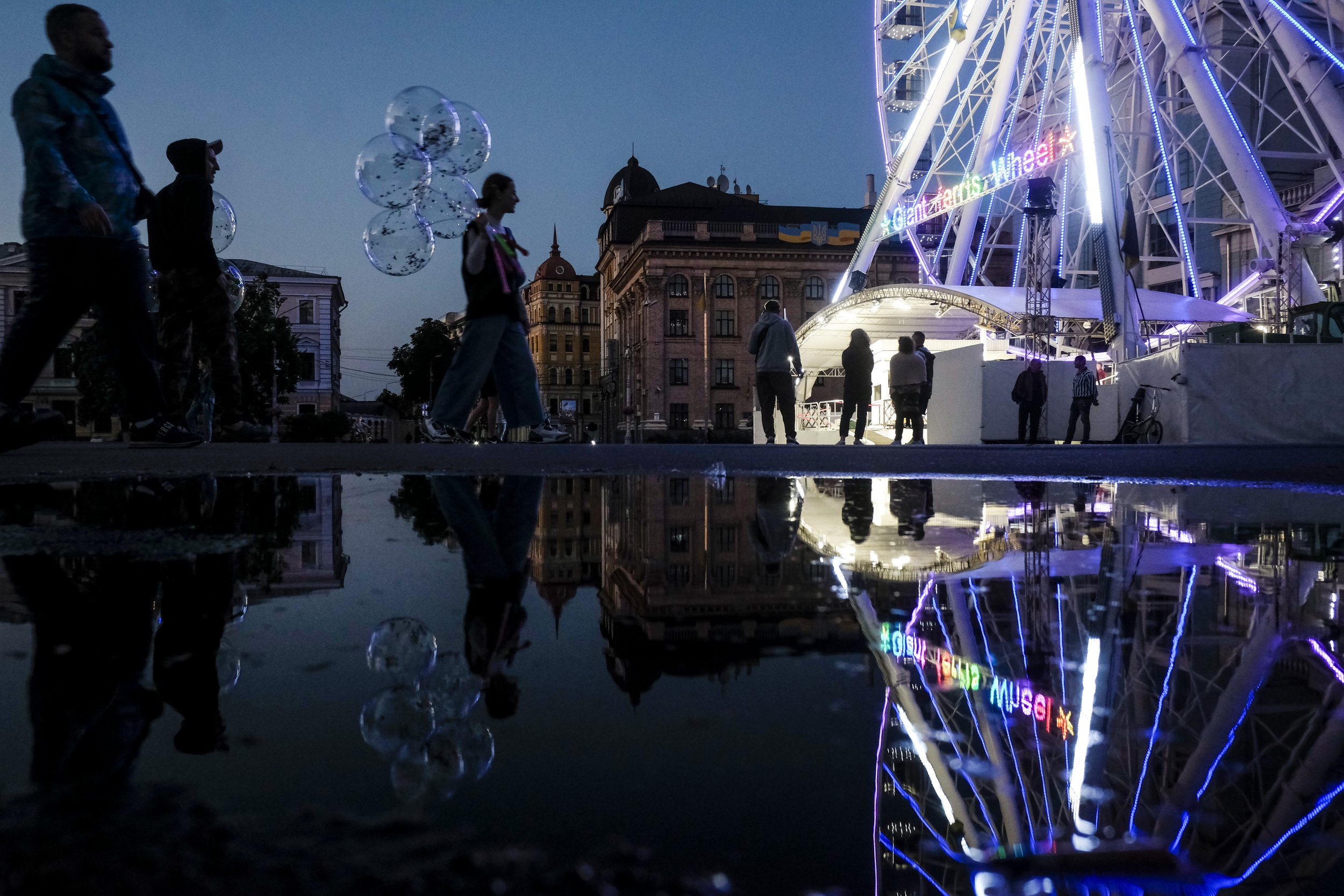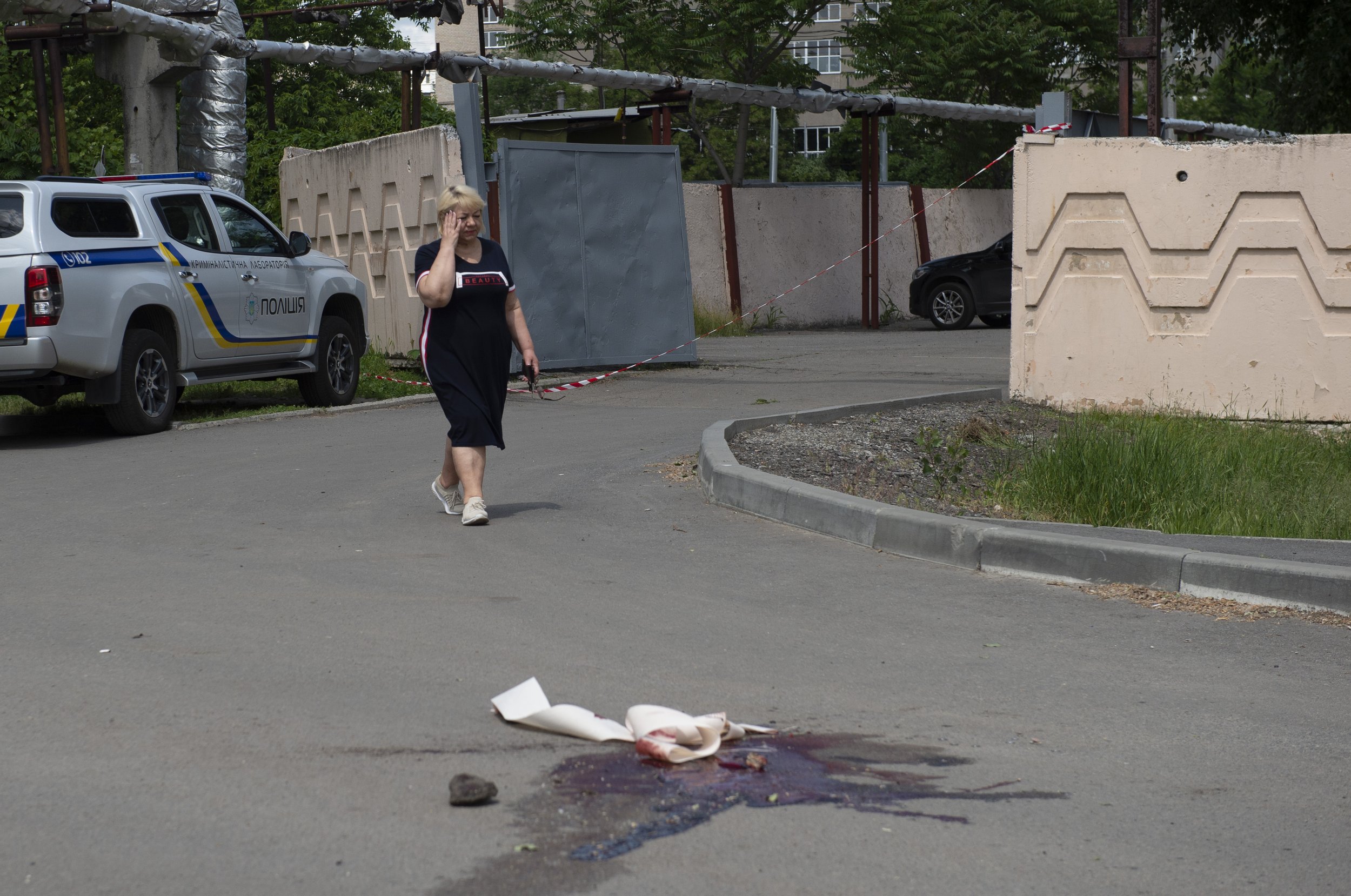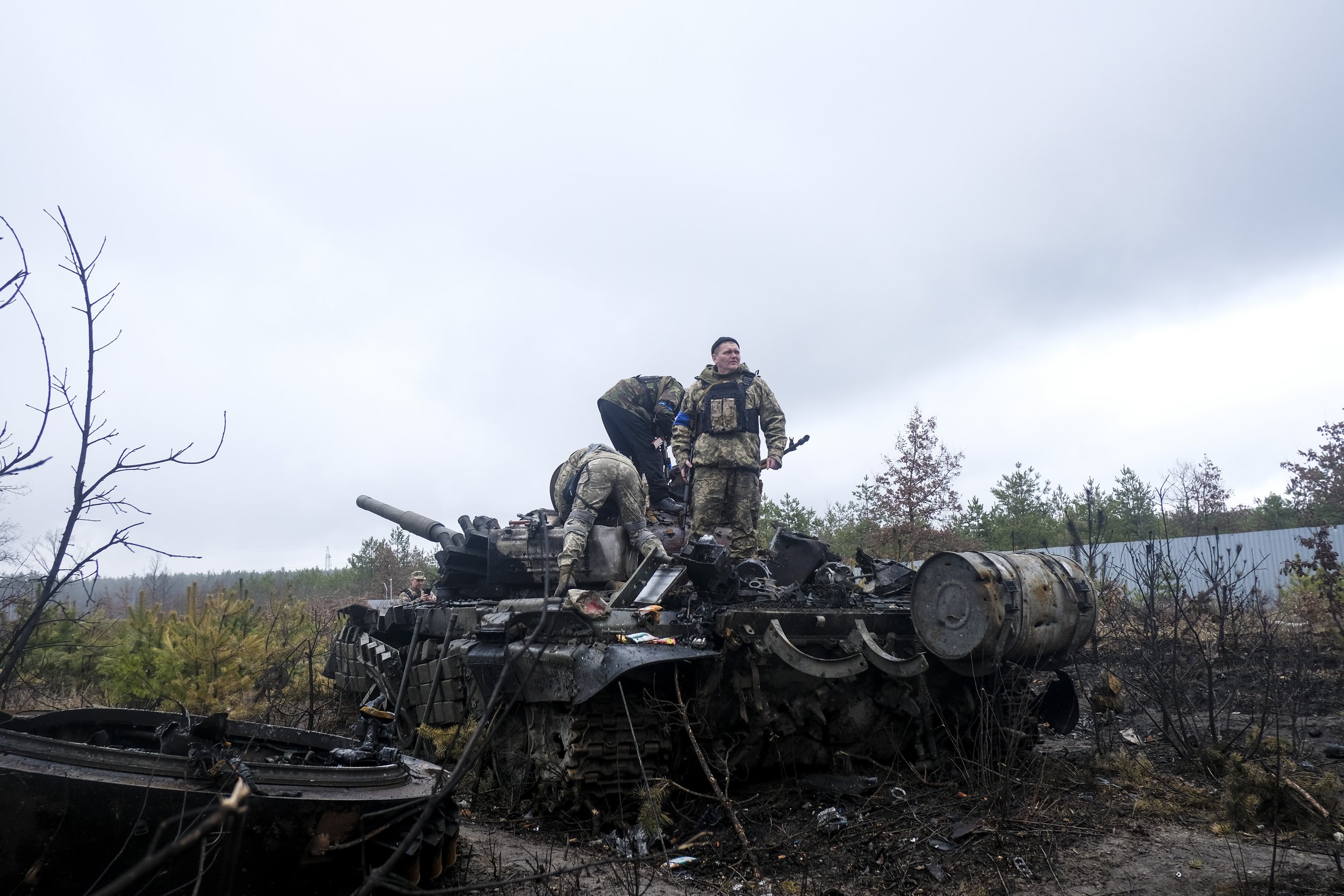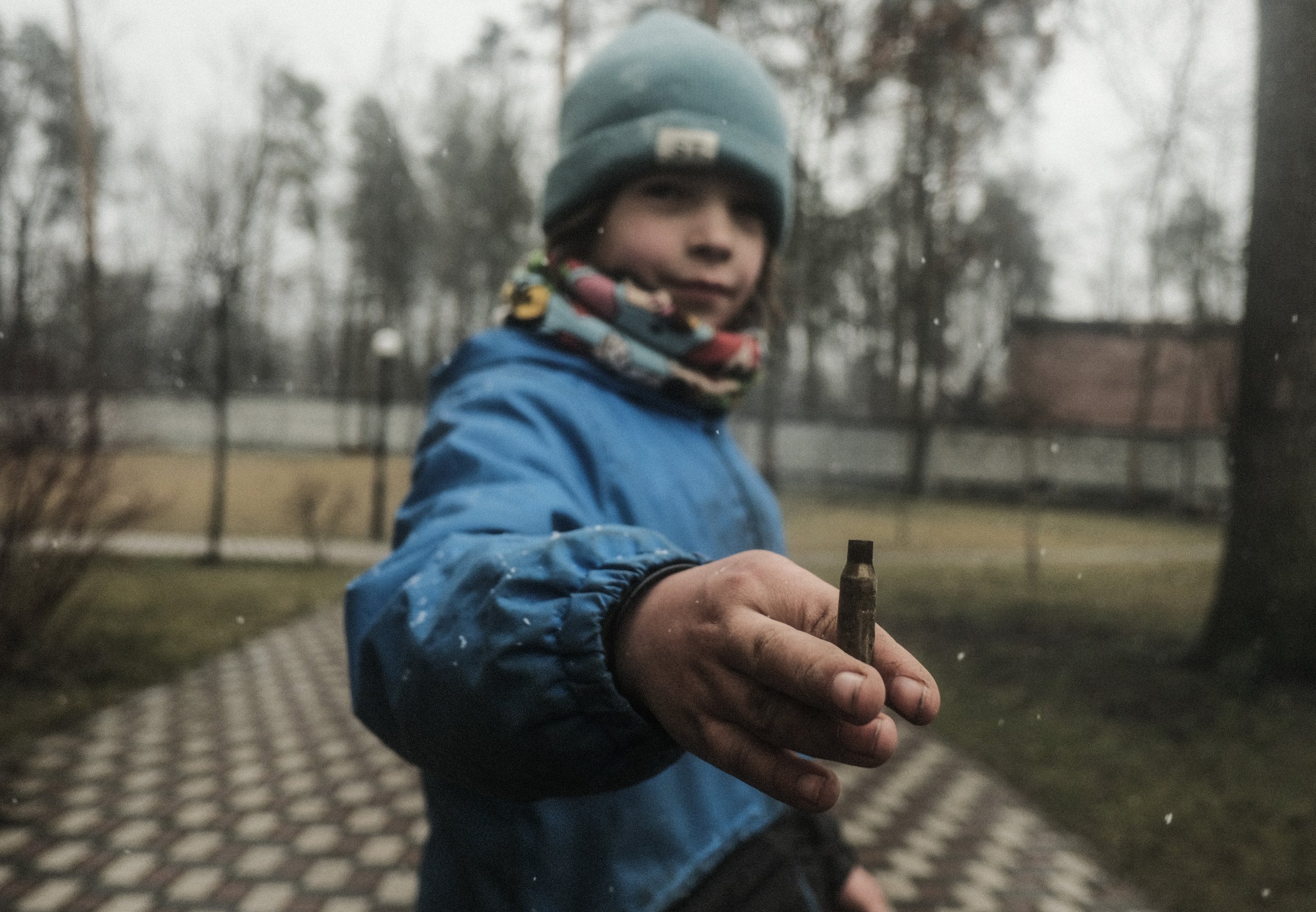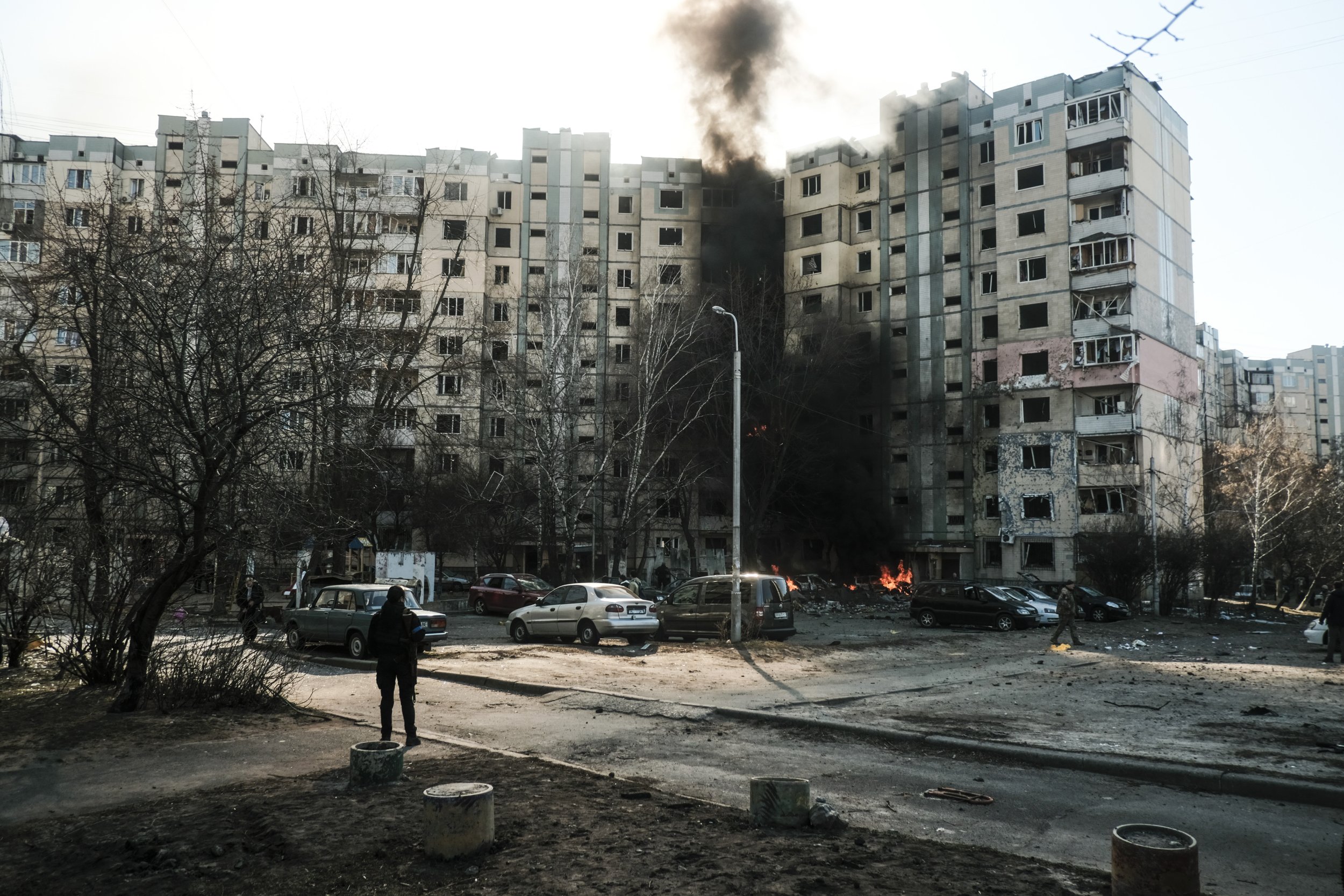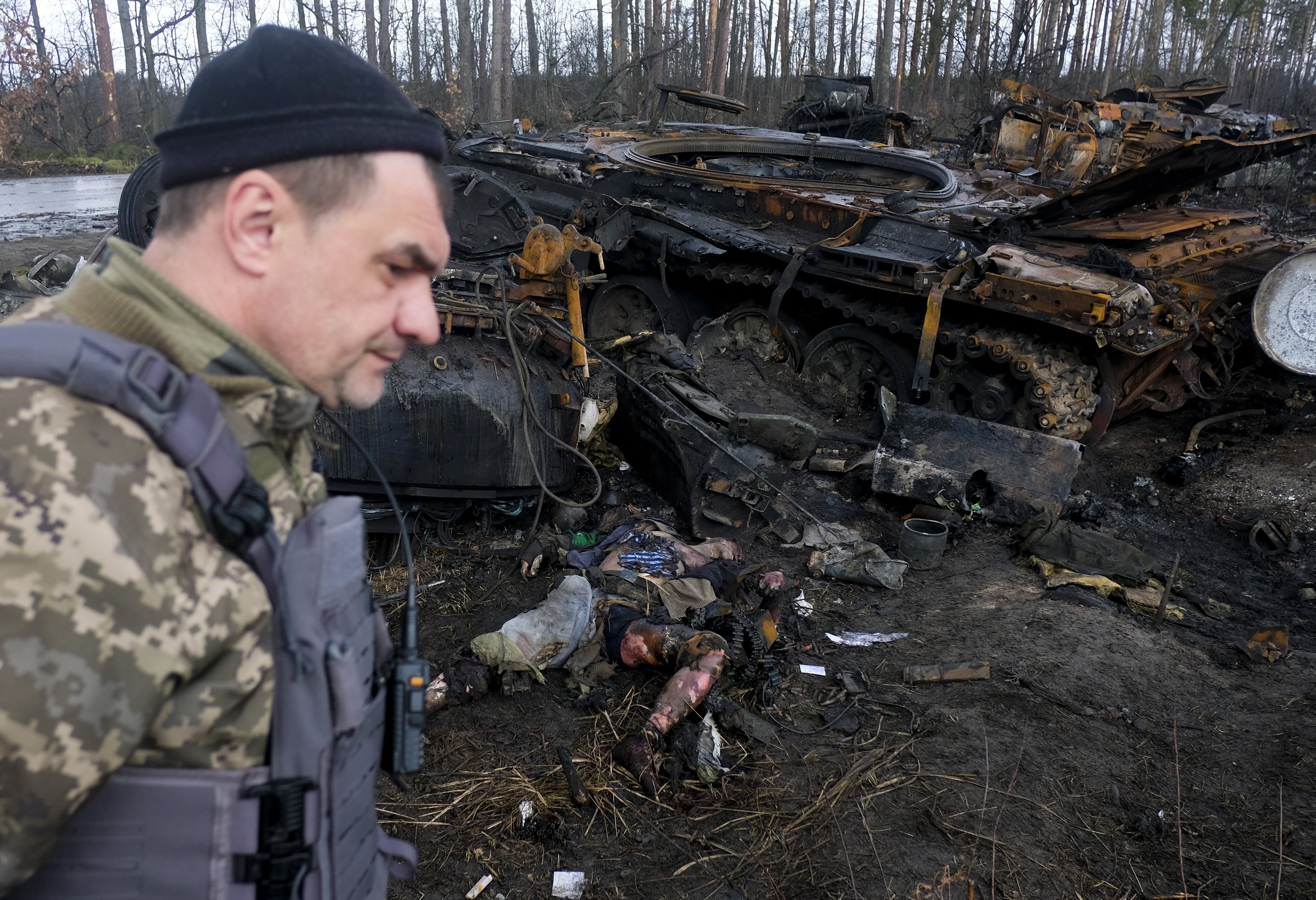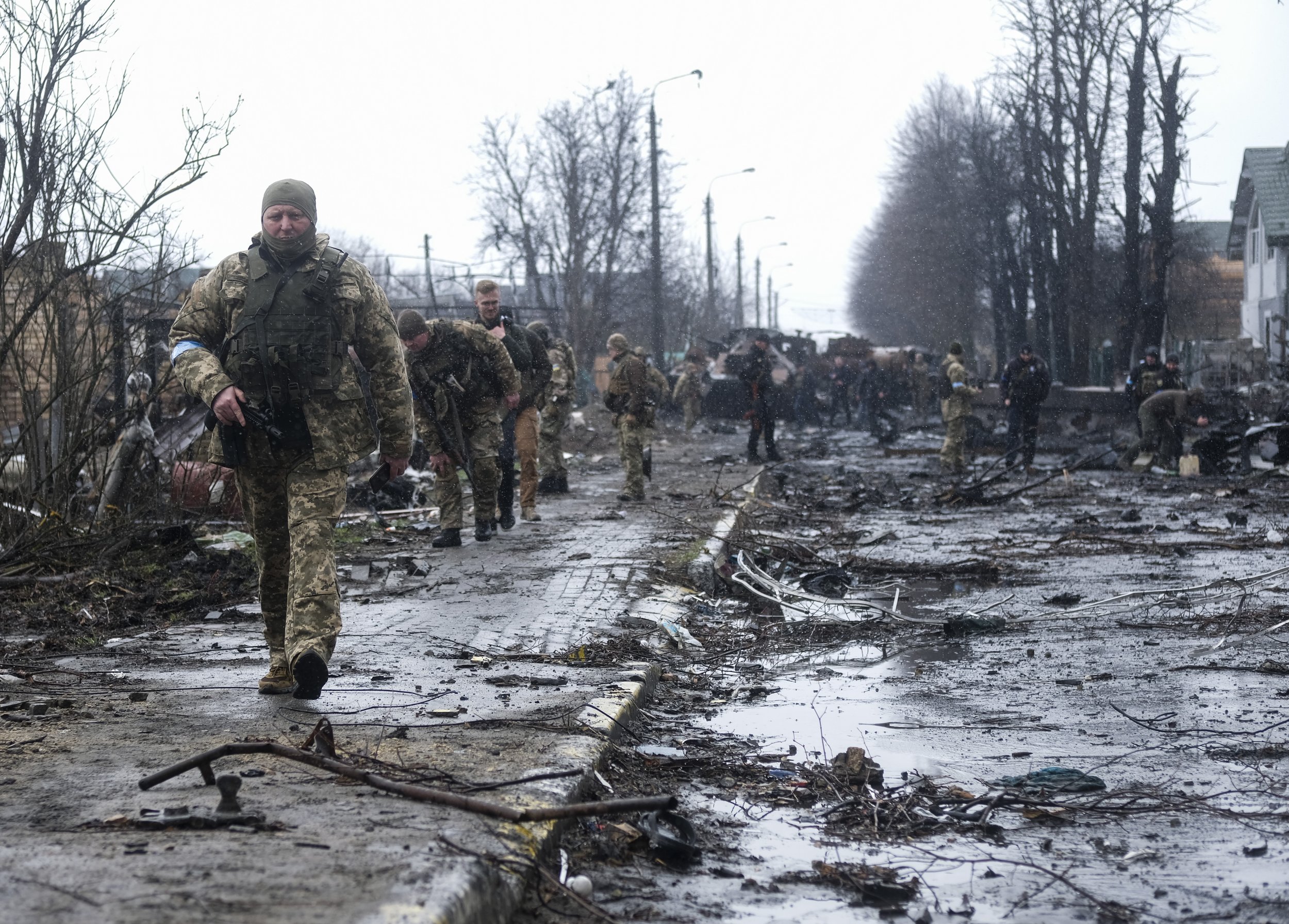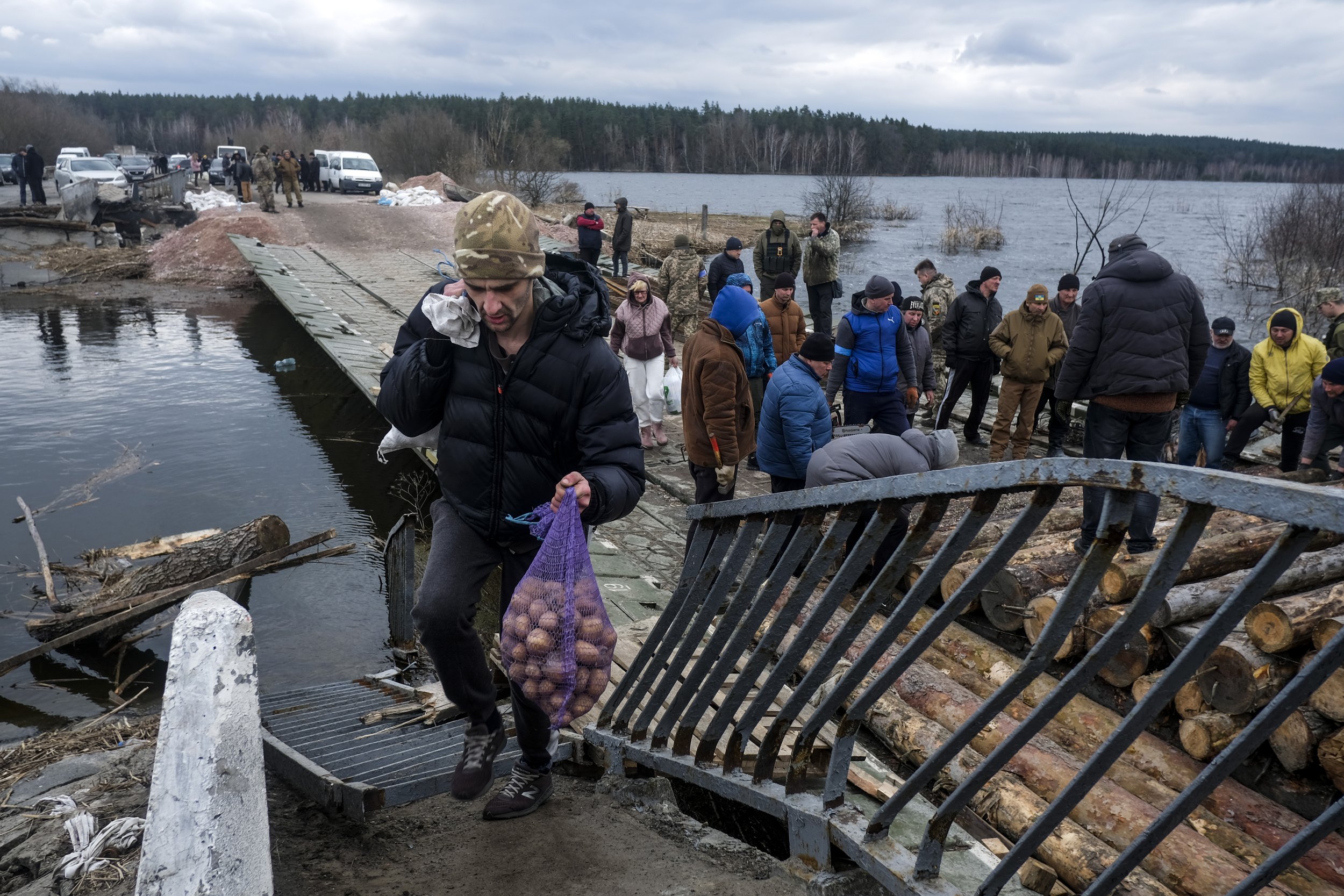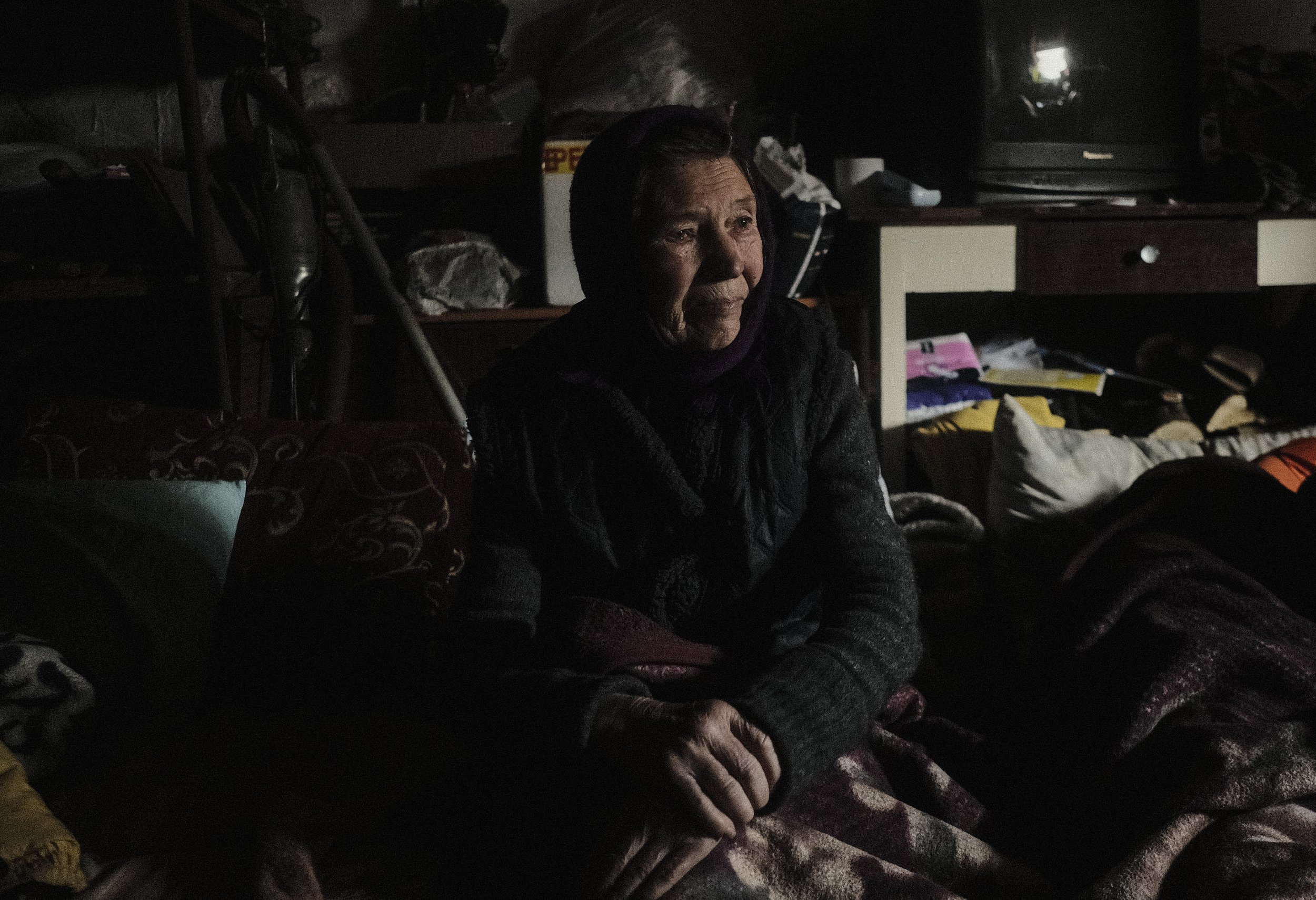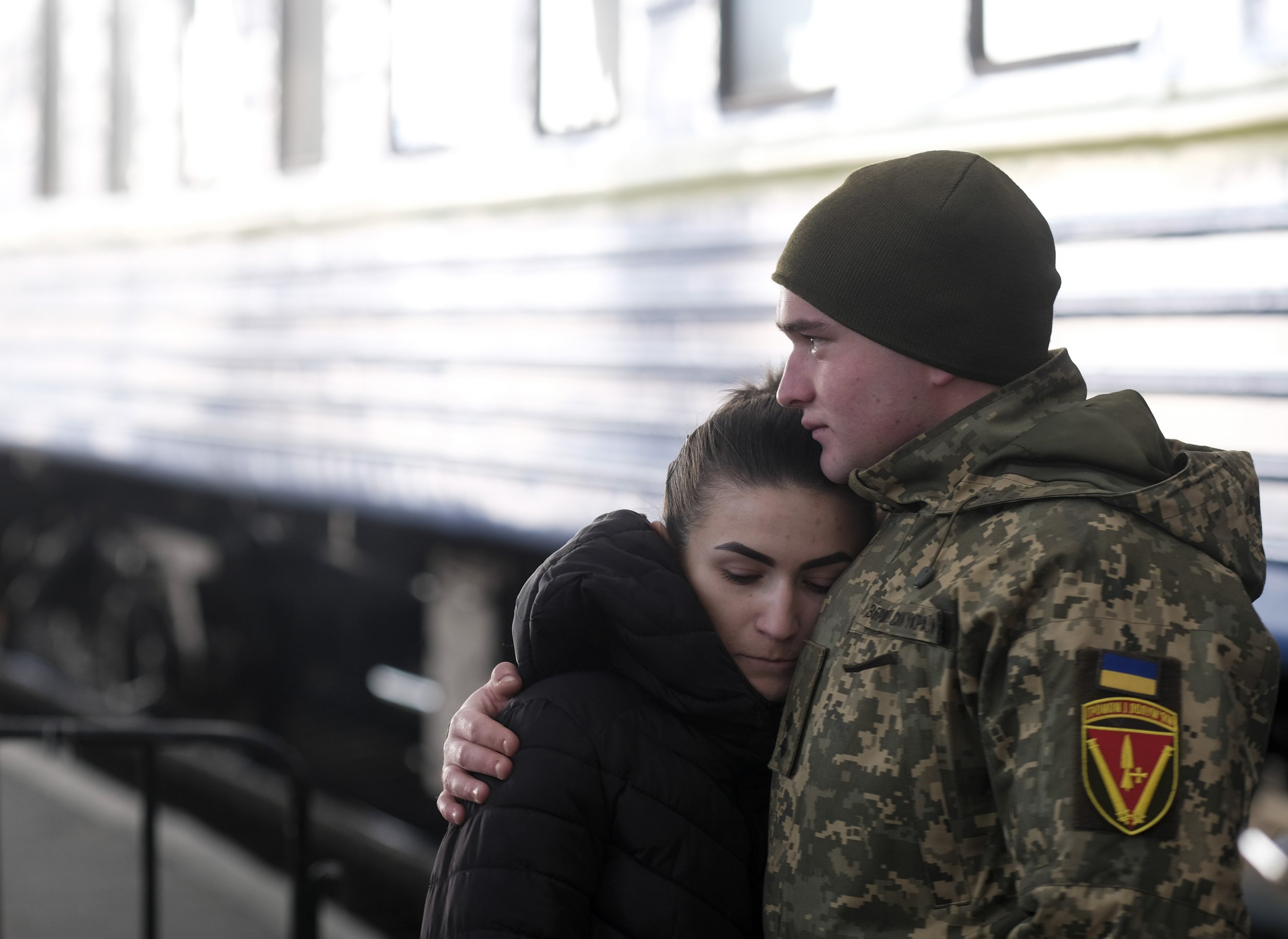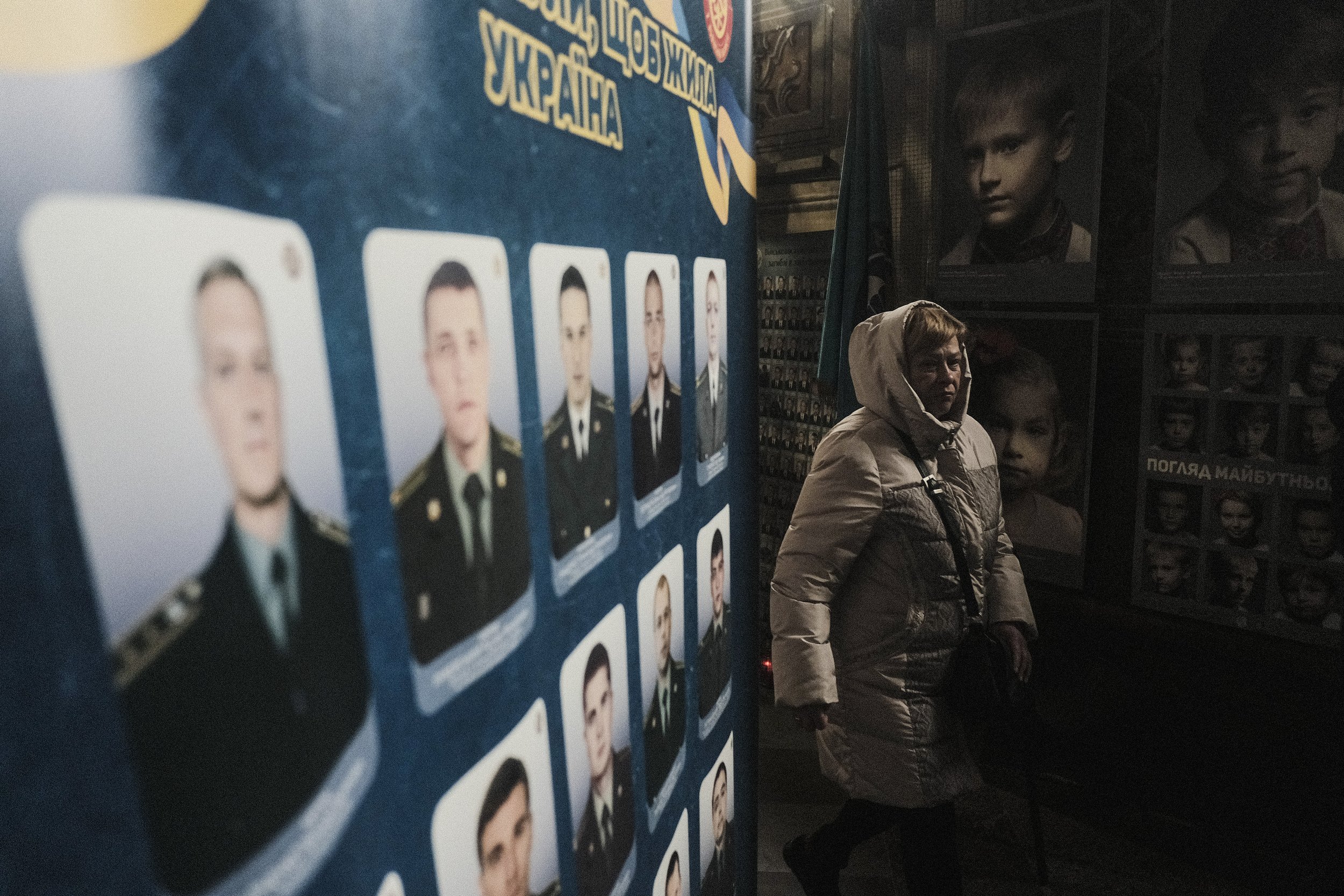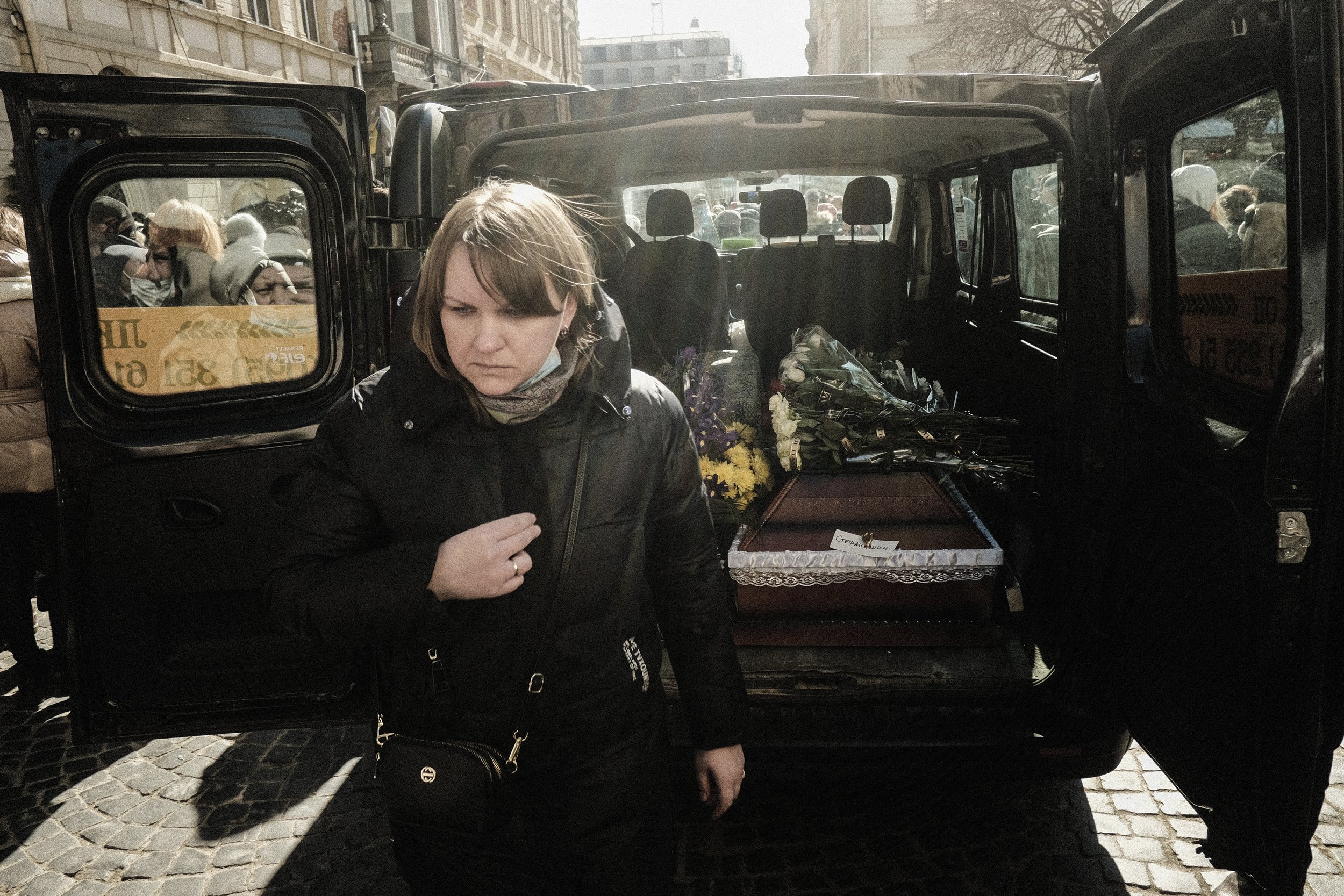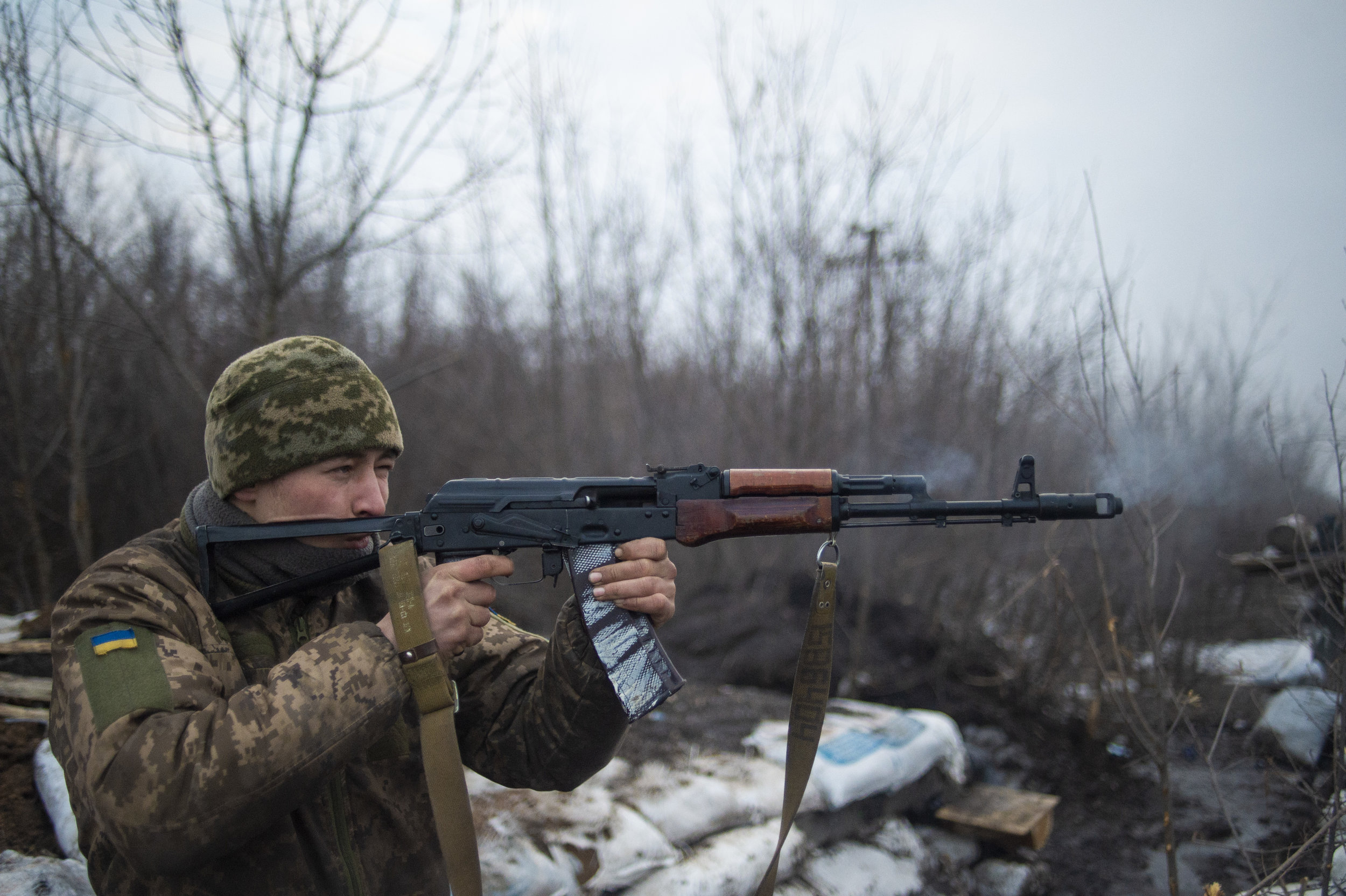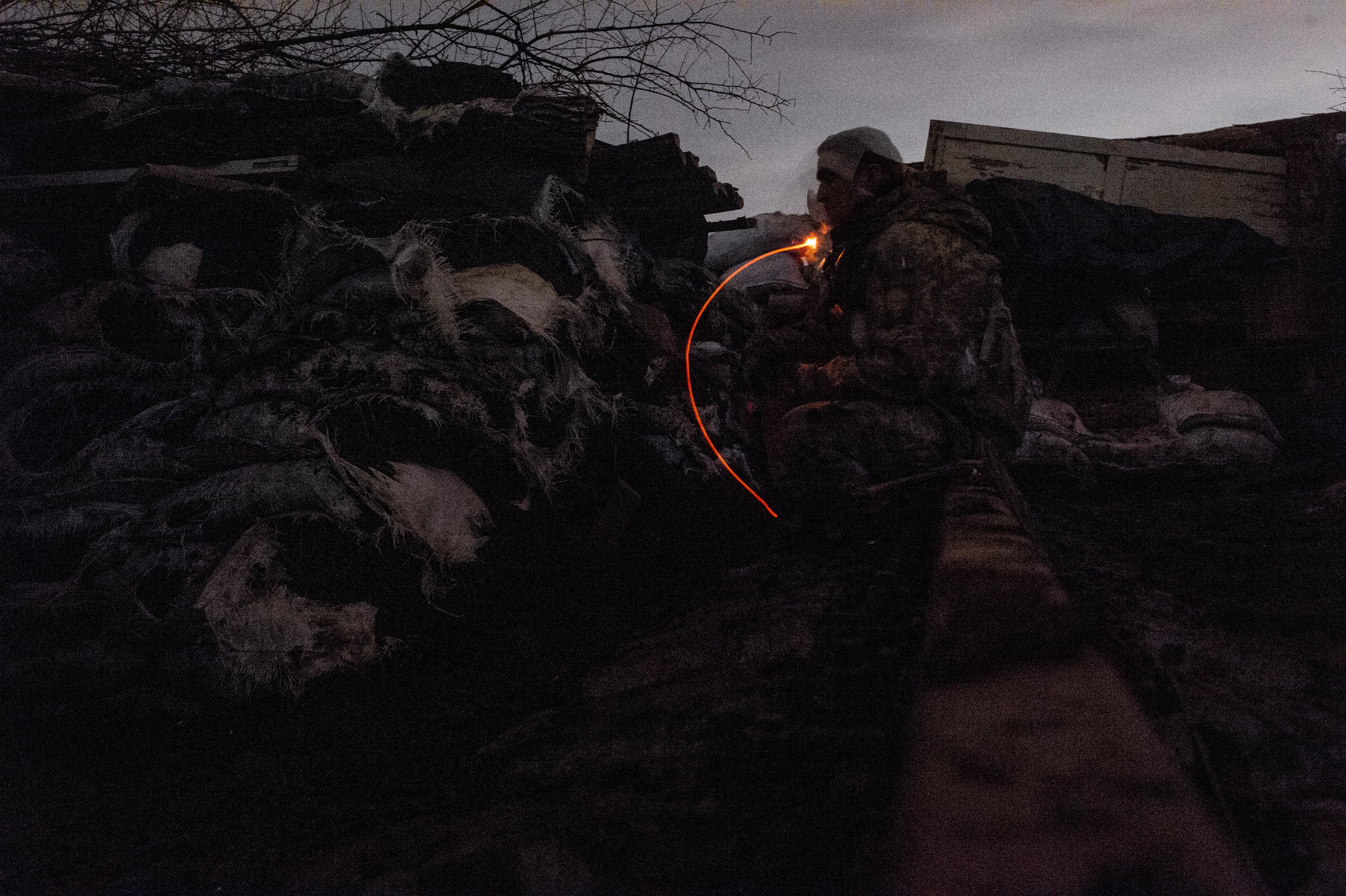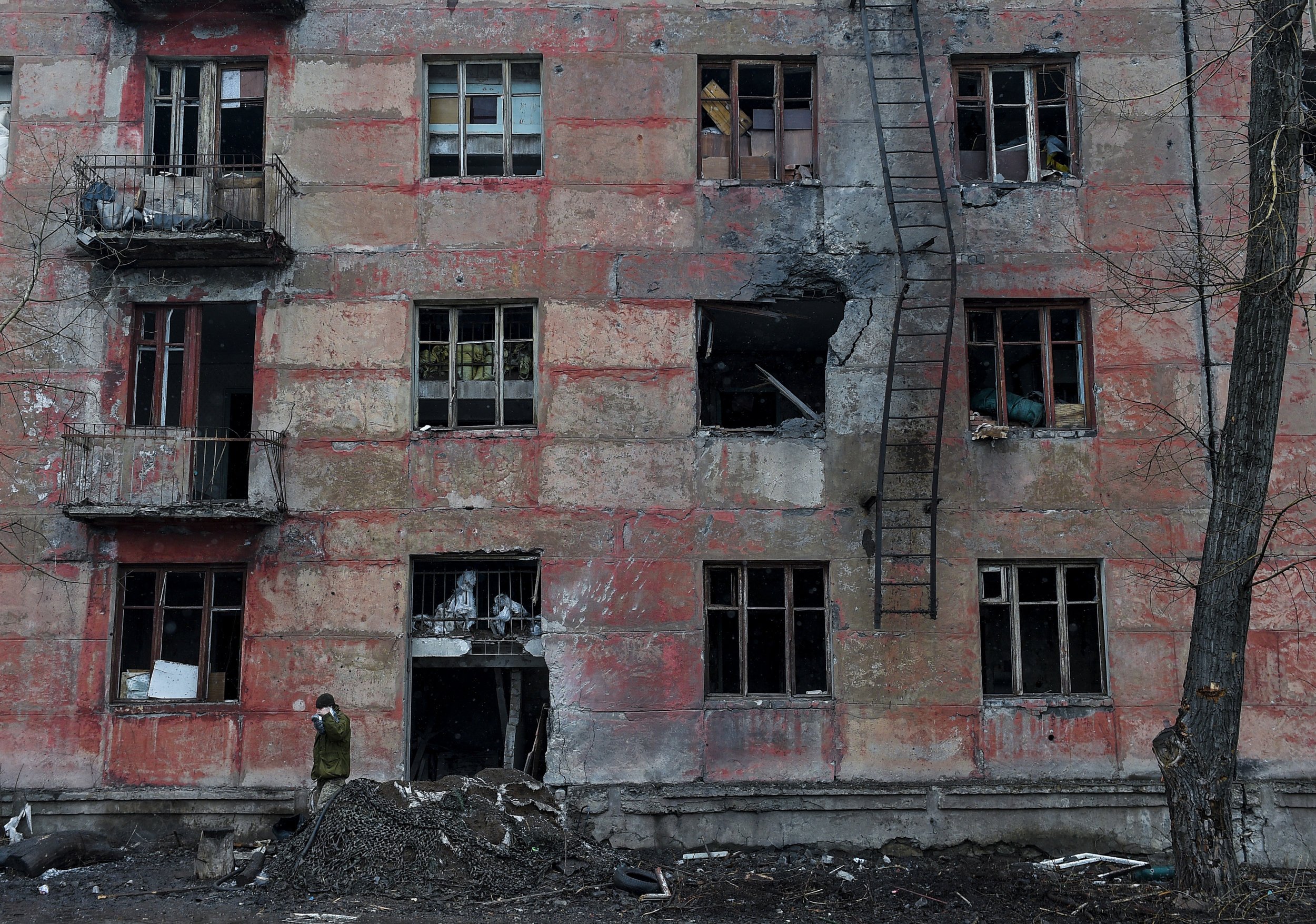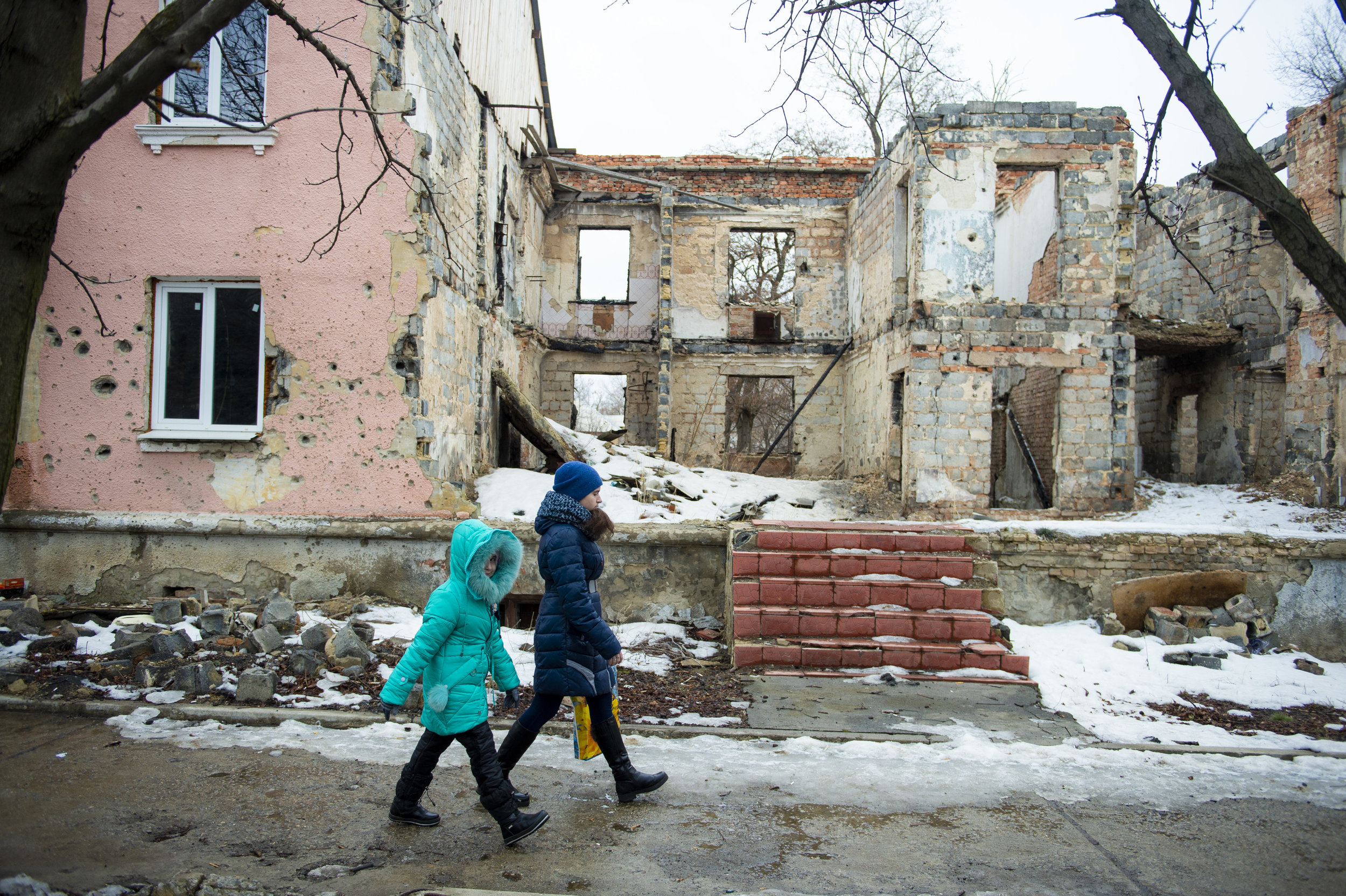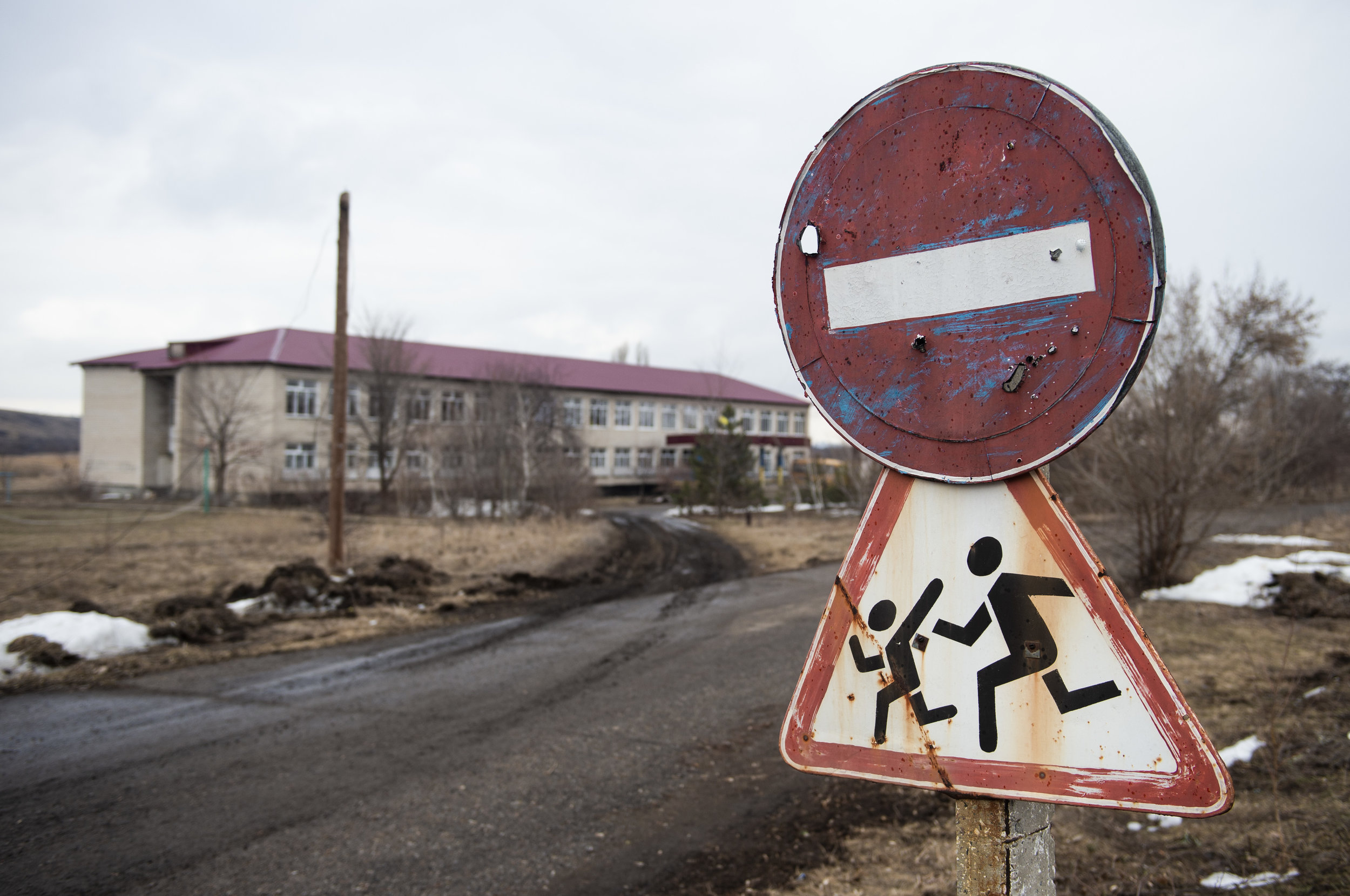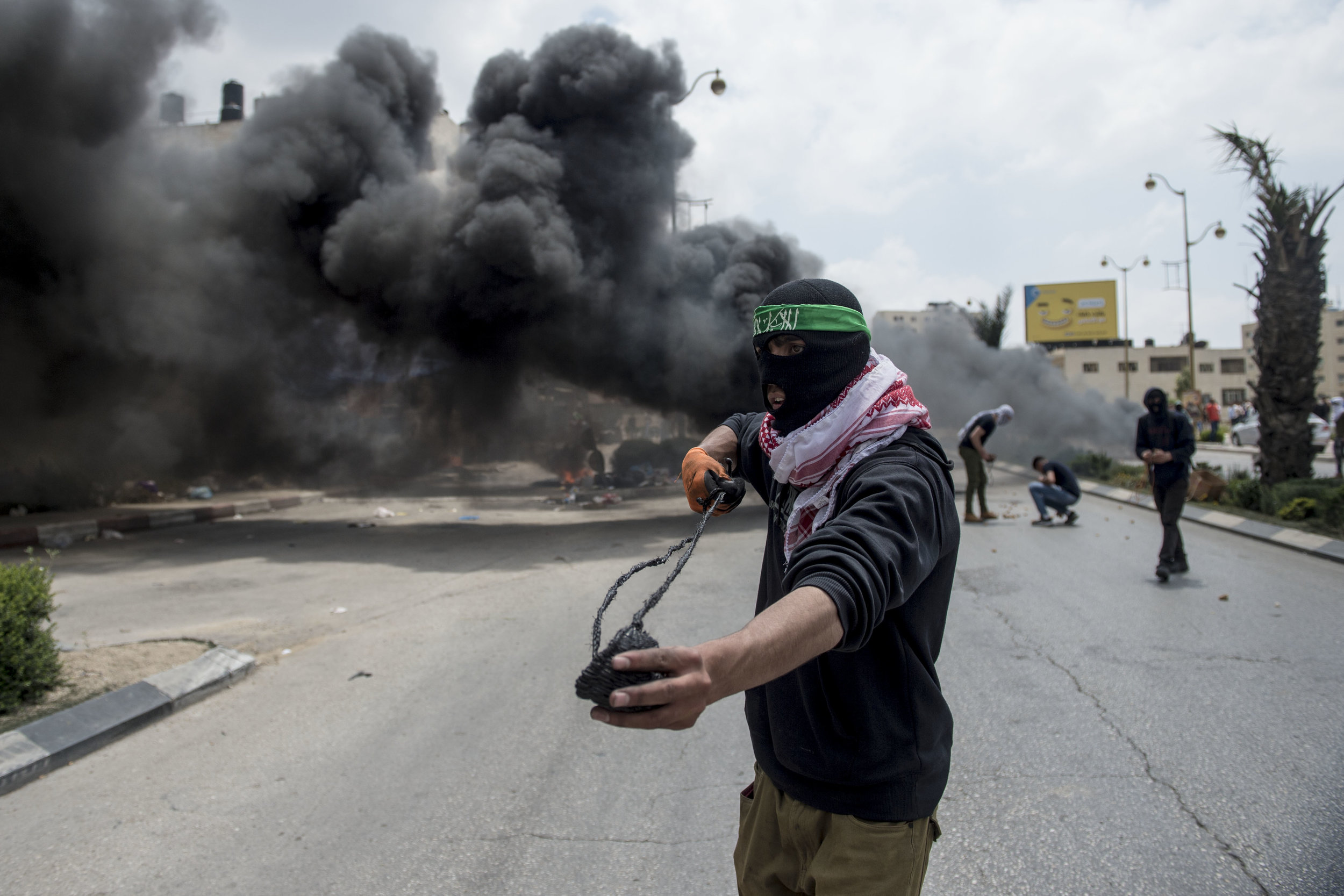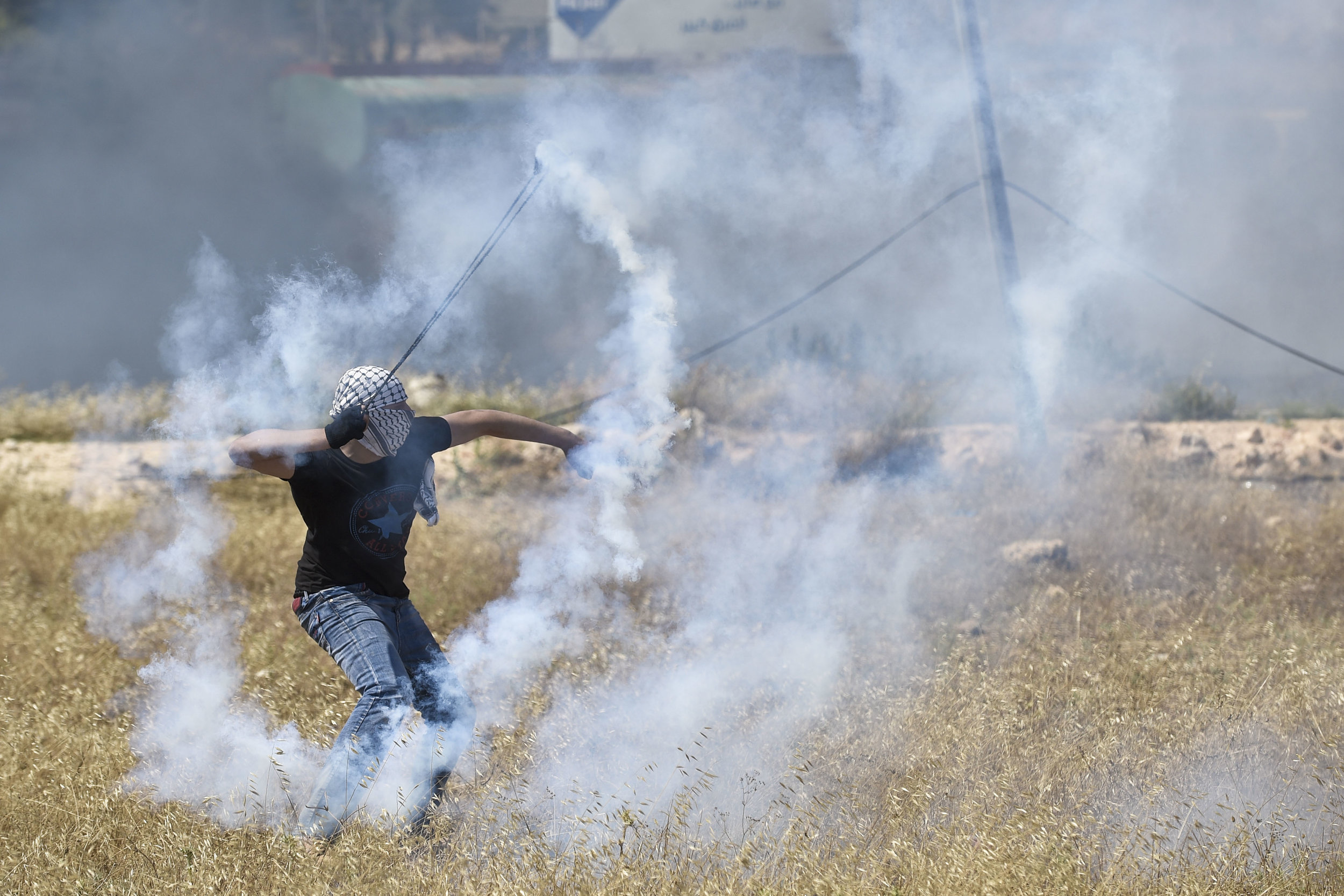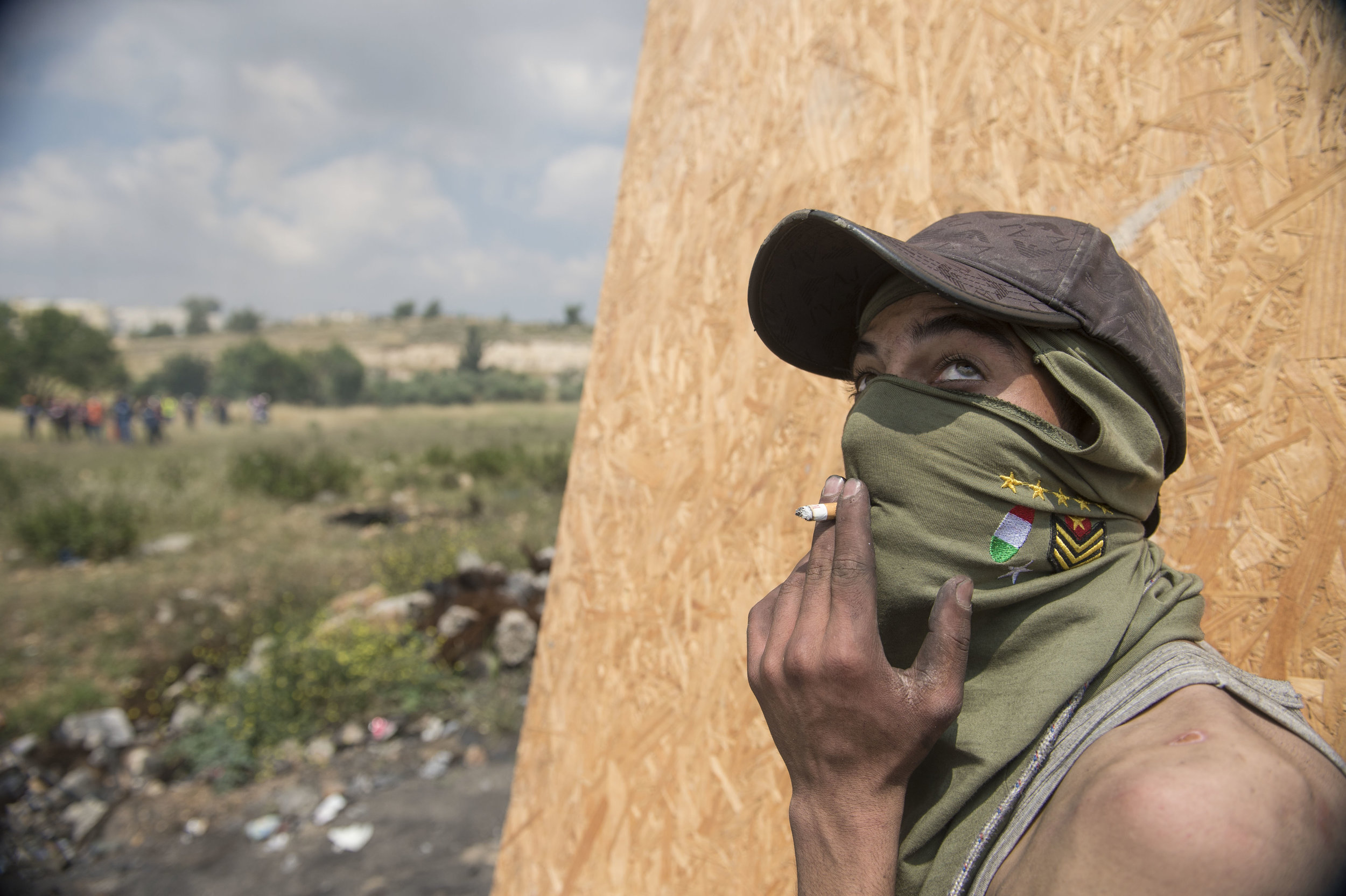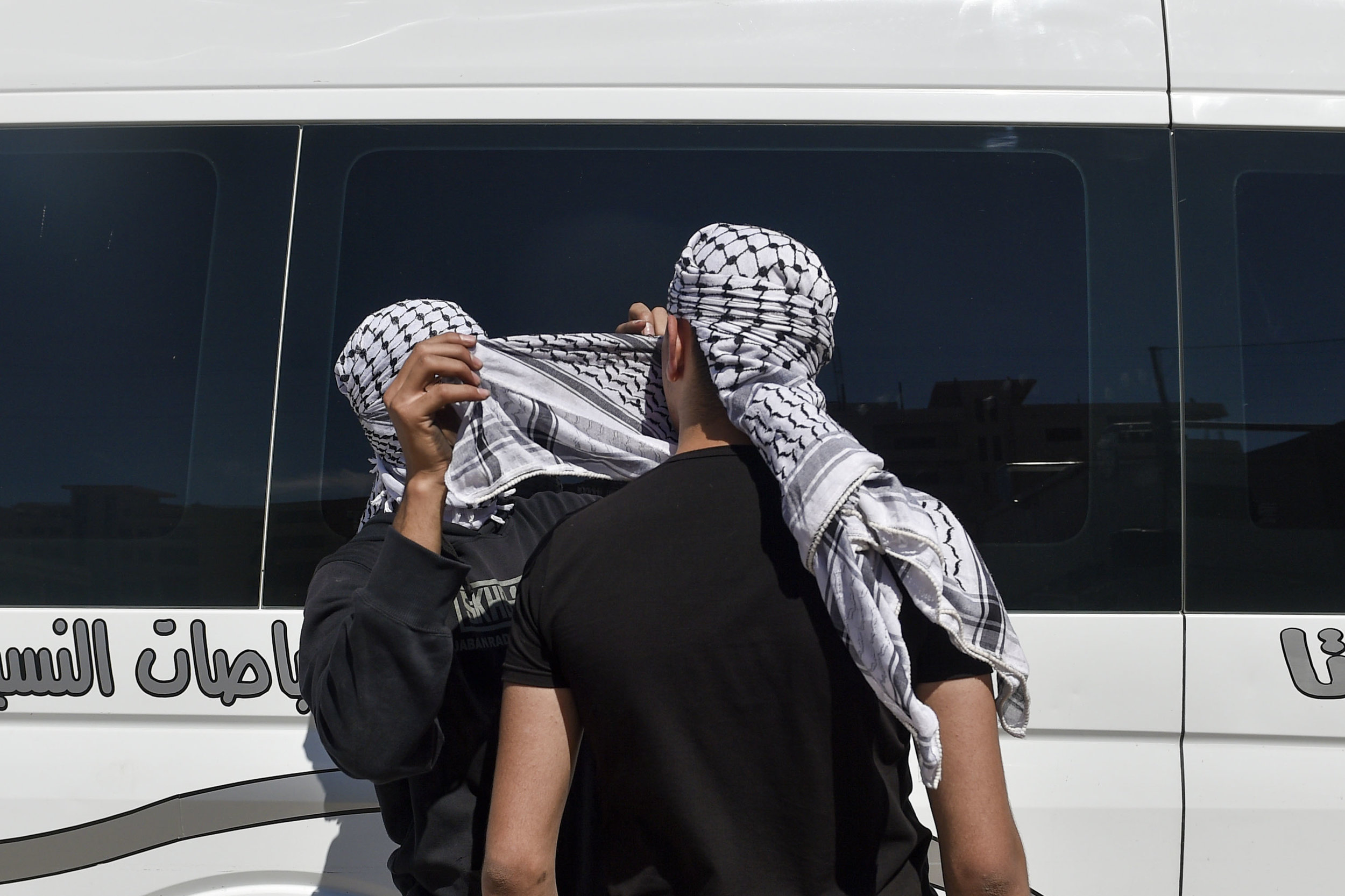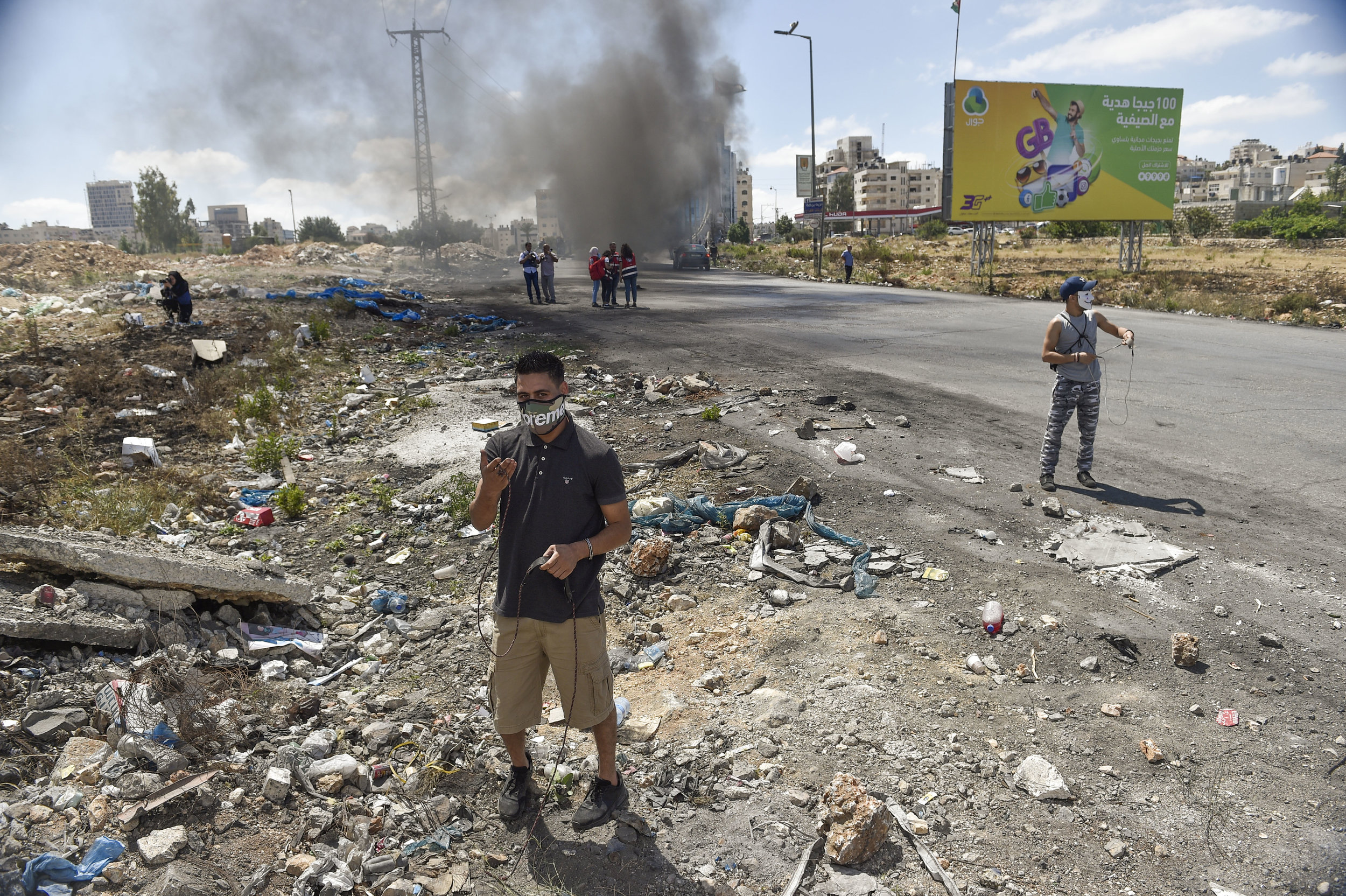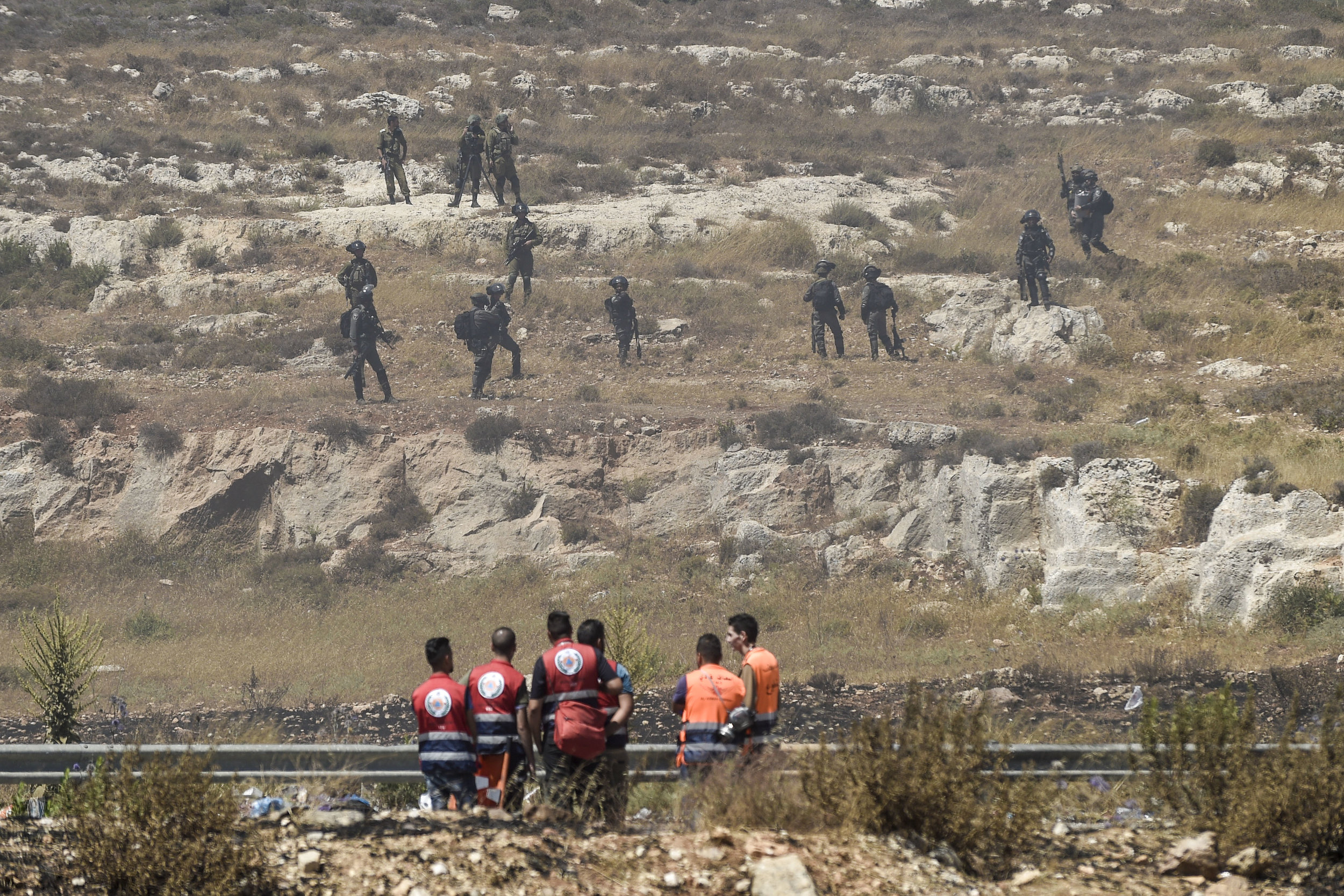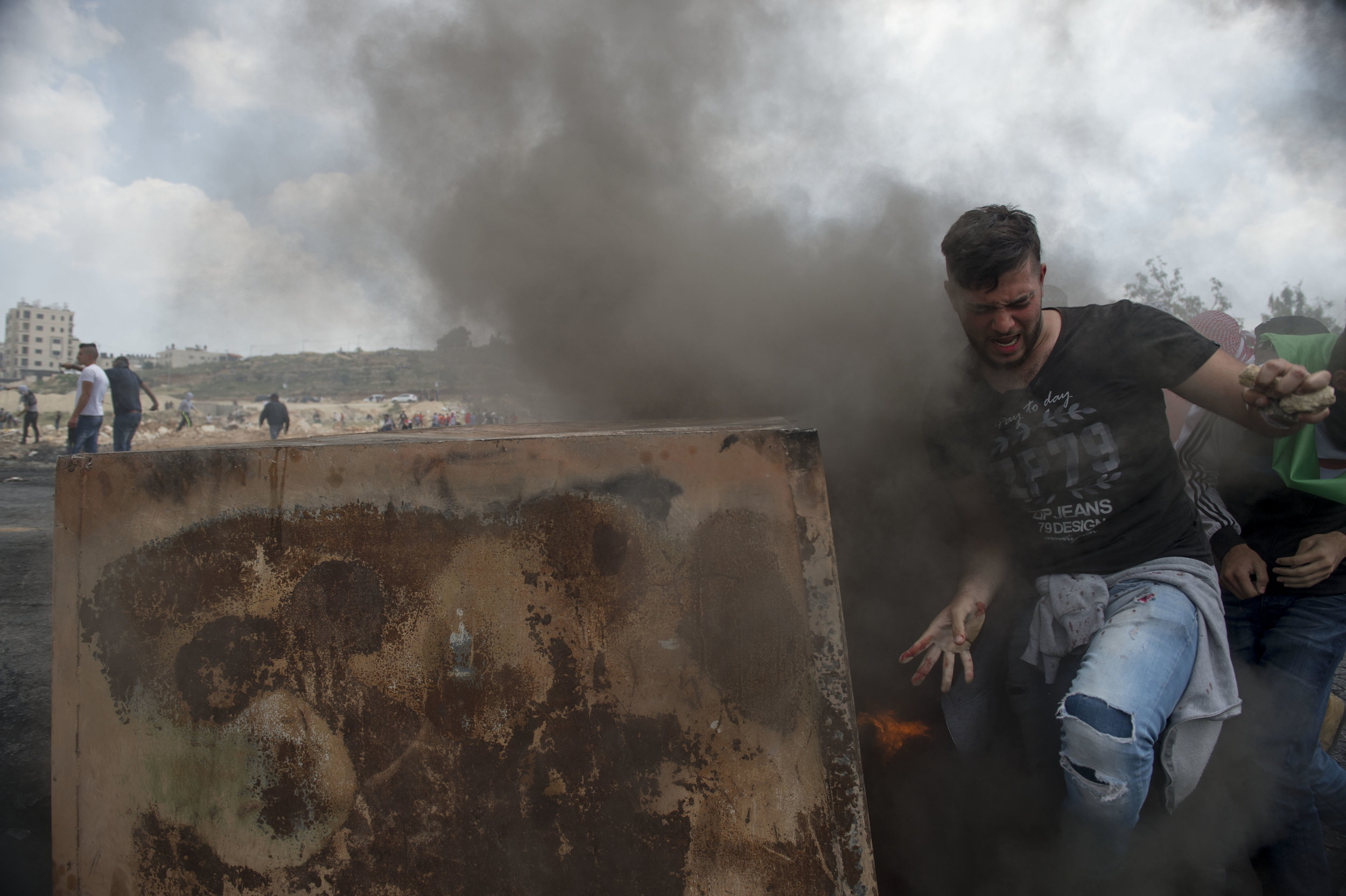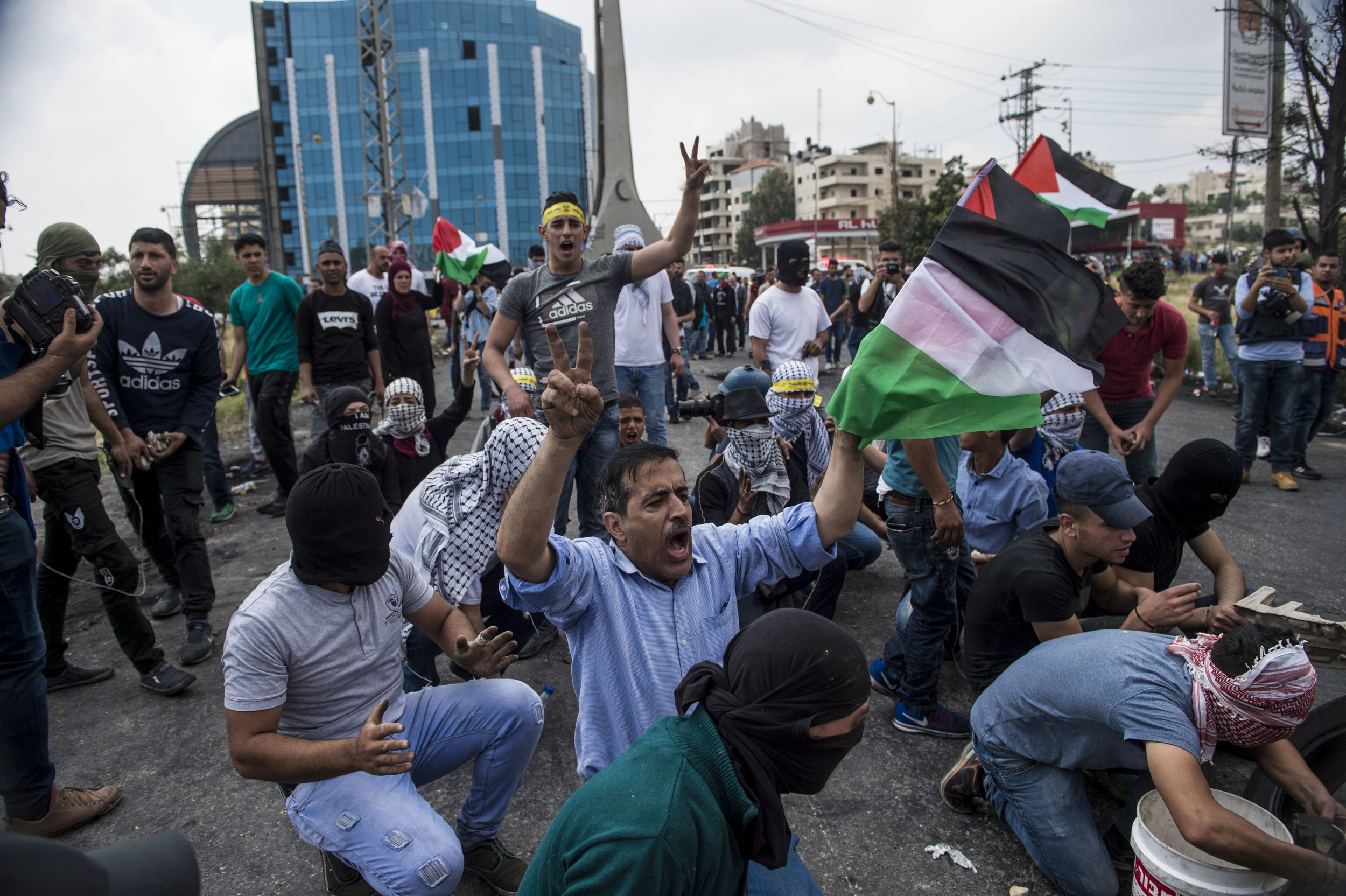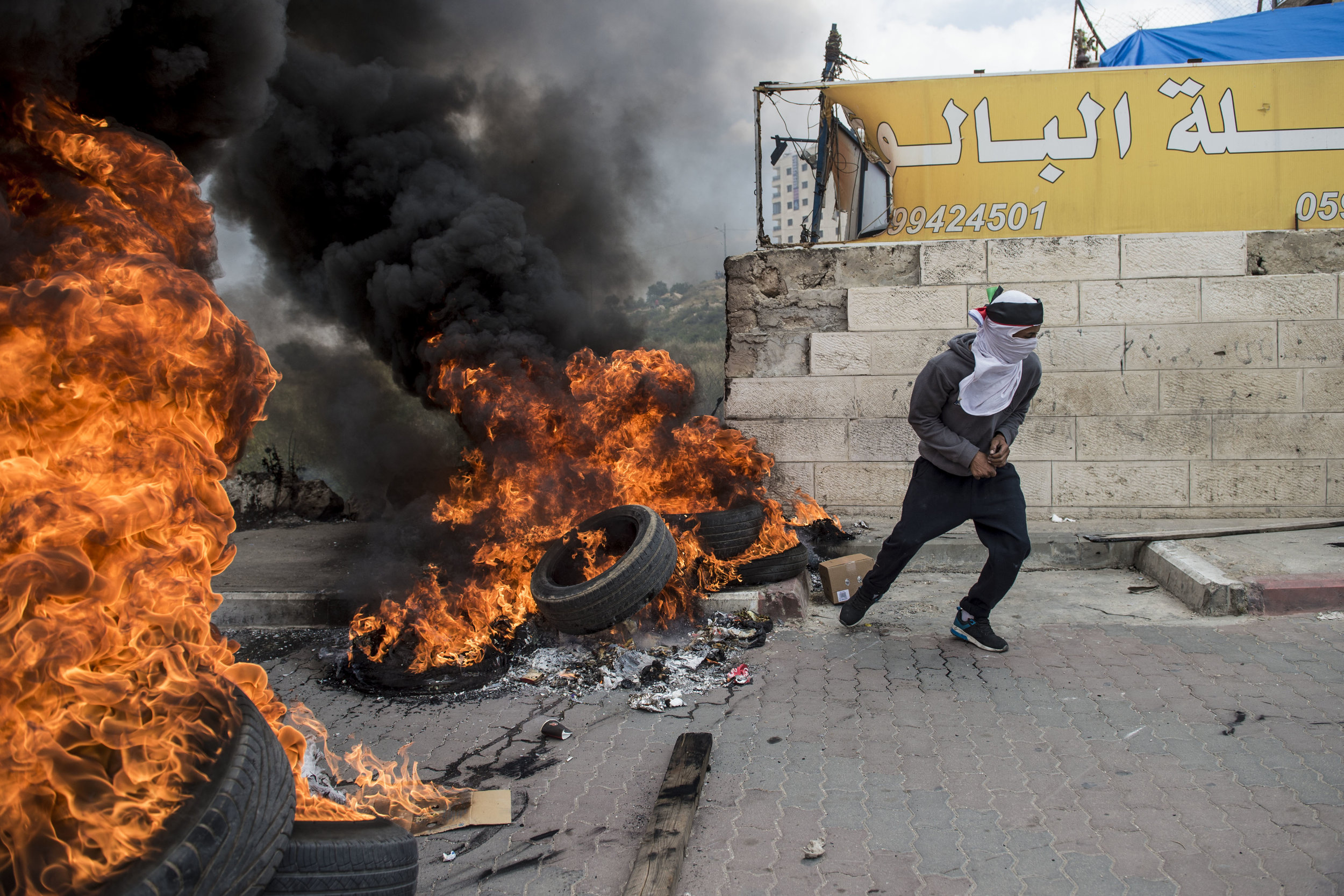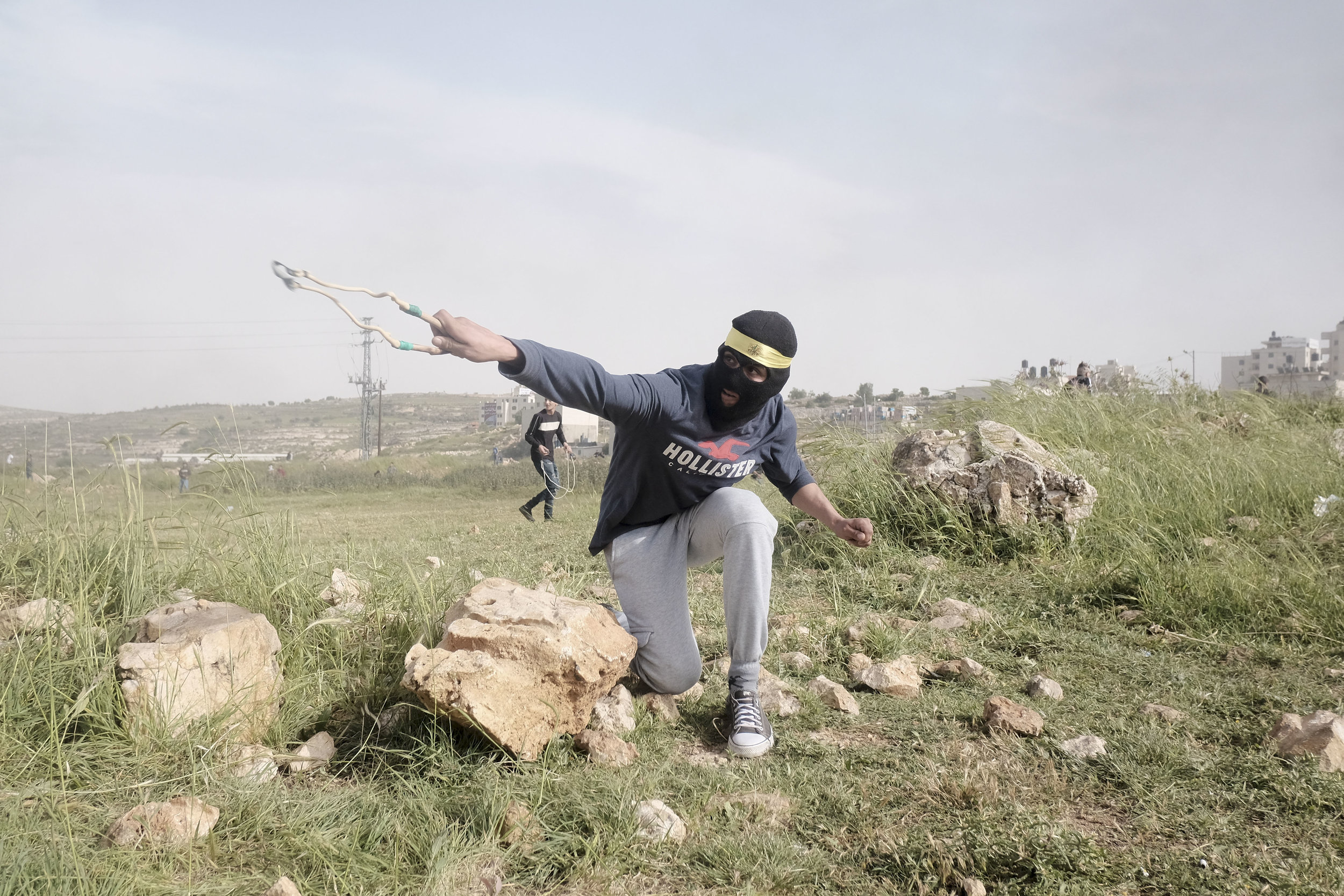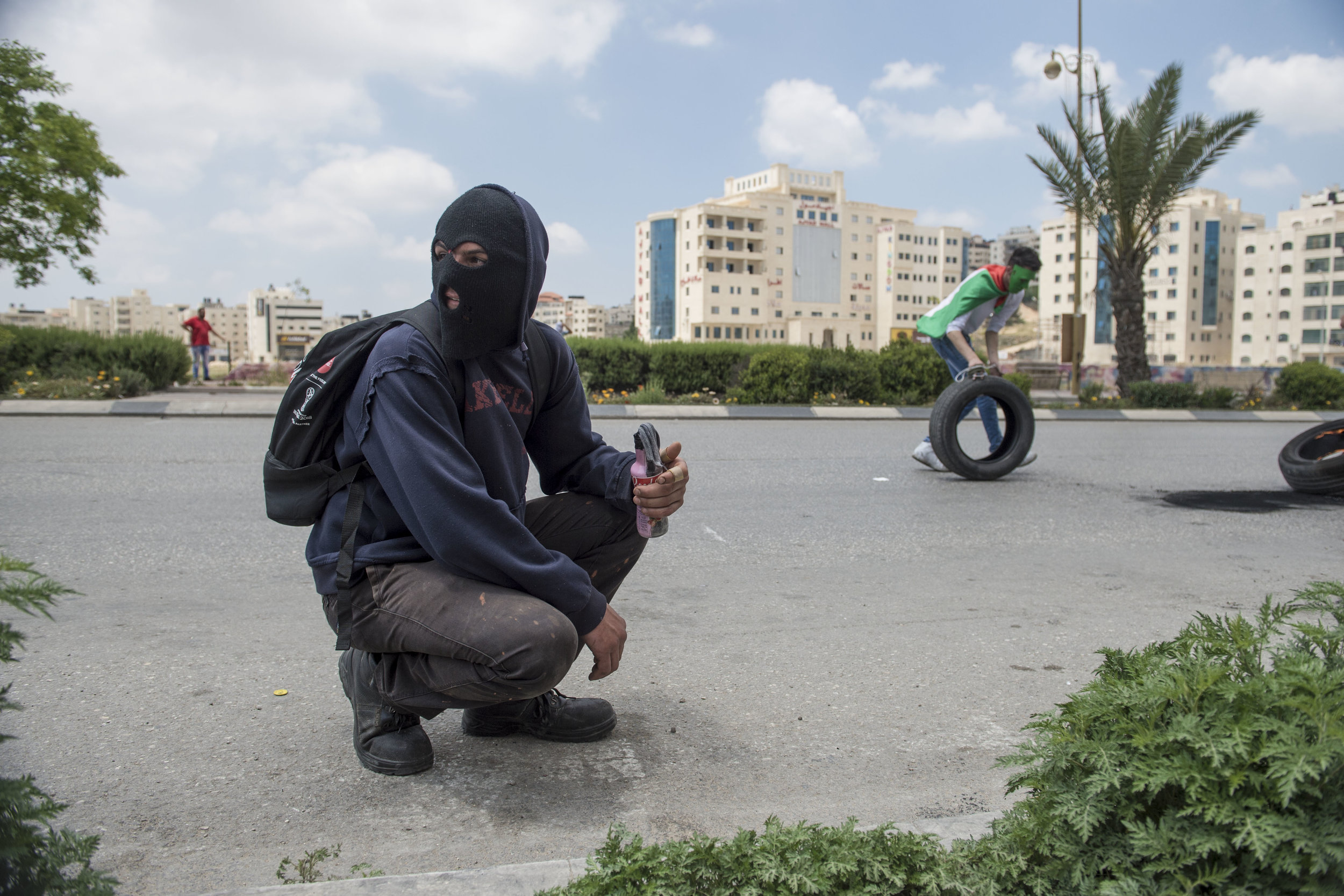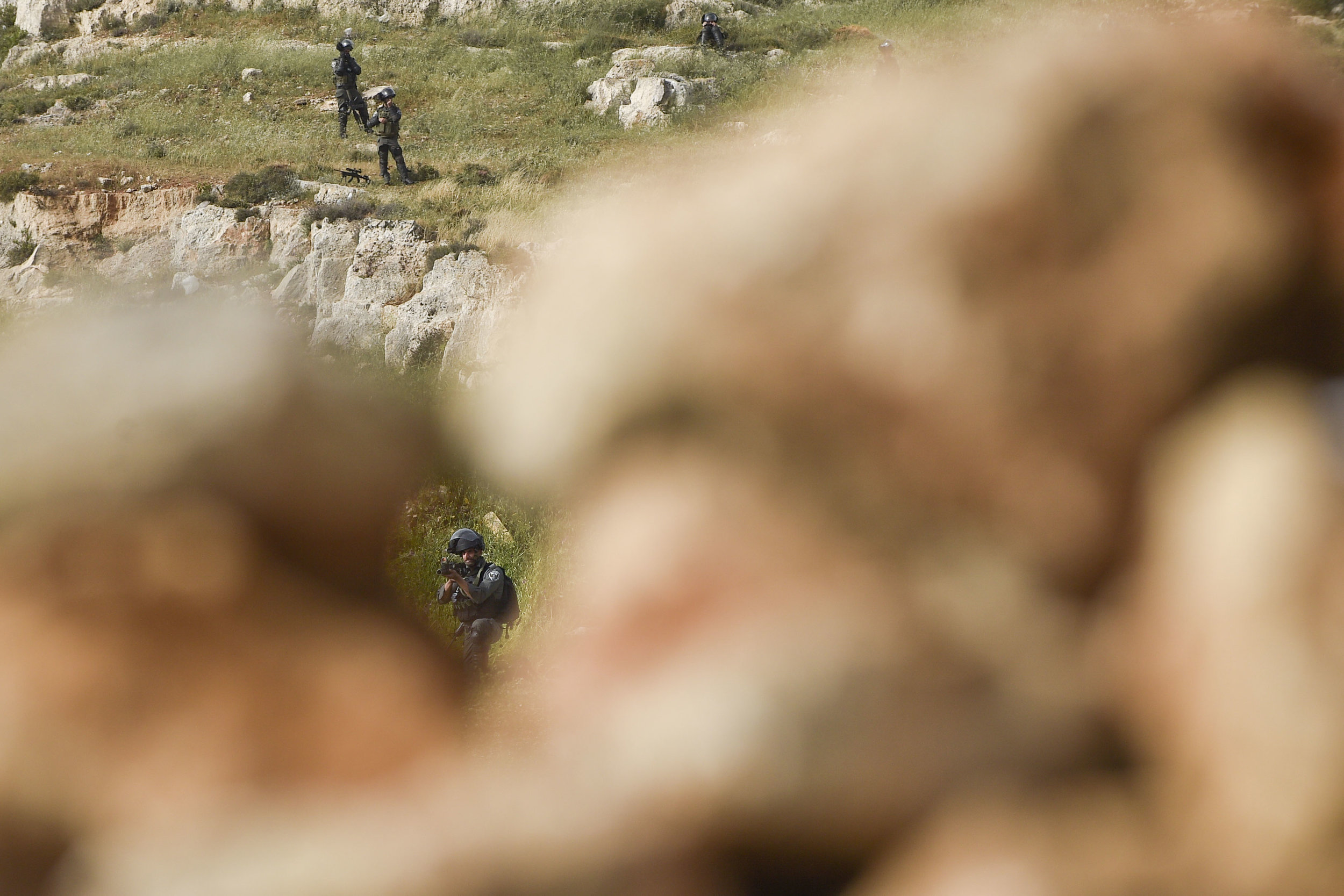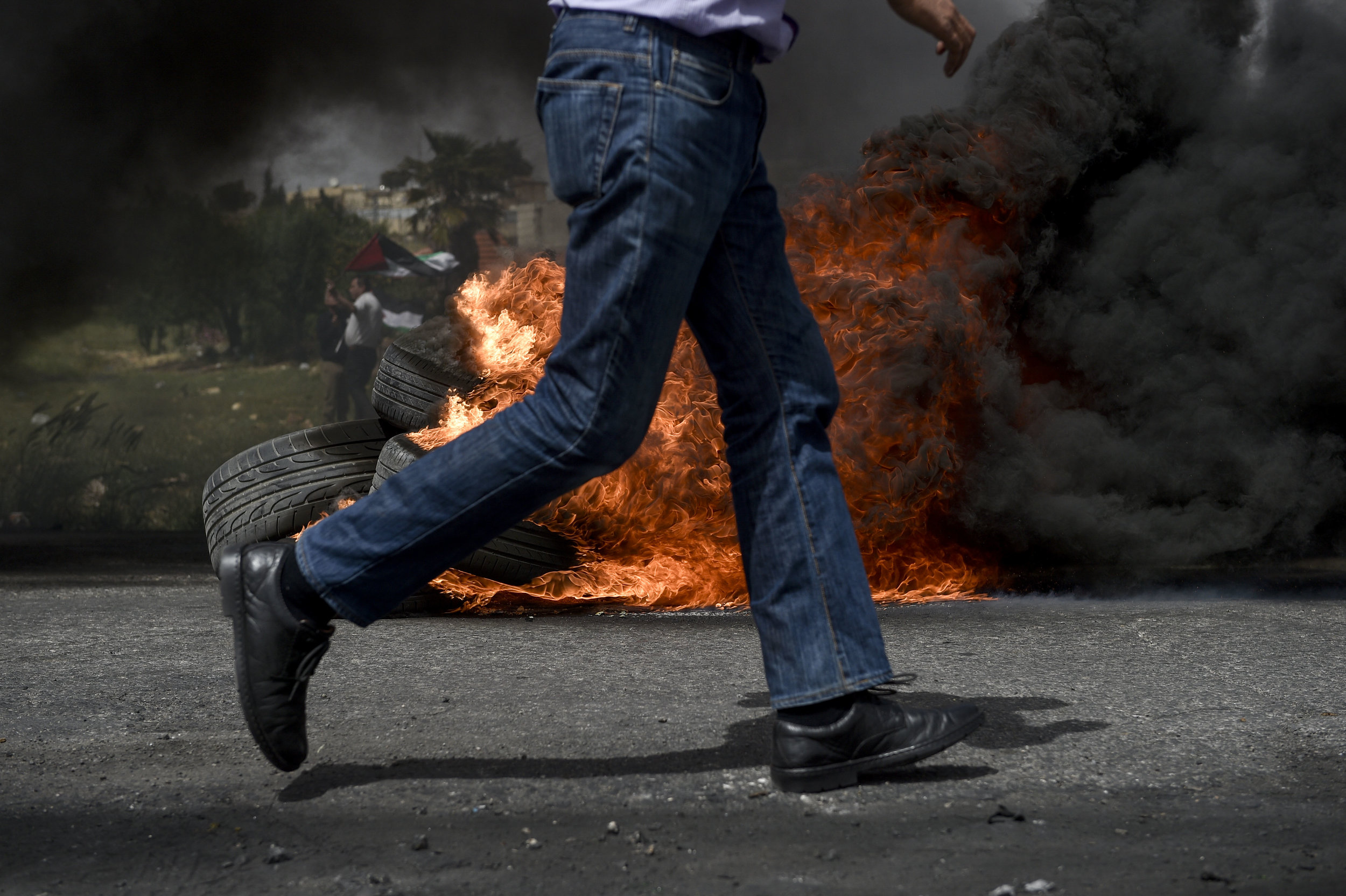I returned to Ukraine for the 3rd time in the late spring and worked into the summer of 2023. The war had been going on for a year and much of the fighting had shifted to the south and to the east. Kyiv and other cities in the north and west that had seen fighting in 2022 had returned to a quasi normal state despite there still being missile and drone attacks on a regular basis. I and my colleagues Seth Herald and Daniel Hudd worked in Kyiv and Dnipro covering daily life through the trip, however we also went south to the city of Kherson where heavy fighting was continuing daily, and to the Donbas region around Slavyansk, Kramatorsk, and Izyum which were along the frontlines.
FROM LEFT TO RIGHT TOP TO BOTTOM
CAT Tourniquet (this one was worn on my vest daily in the field or carried in my pocket, however I always had this with me wherever I was, I carried 2 others in my med kit as well)
Crush resistent fingerless gloves
Passport
Moleskin journal for notes
Ukrainian phrase book and dictionary and flashcards (I had been studying Ukrainian for a while, however the phrase book and flash cards were still frequently used)
Fujinon 18mm f2
Fujinon 23mm f2
Fujinon 50mm f2
Fujinoon 90mm f2
Nikkor 24-70mm f2.8 ED
Nikon D4s
Ballistics helmet
Air blower tool to remove dust from equipment
Anker charging block with iPhone cord
iPhone charging block and adapter for European outlets
Nikon SC-17 tether cable for off camera flash
Nikon SB-910 Flash
Fujifilm X-PRO1
Fujifilm X-H1
Bullet proof vest with velcro PRESS patch
Newswear waist pack
Medical Kit (contents of my medical kit will be posted in a later post)
Saramonic XLR shotgun mic
Canon XA-10 camcorder with handle and XLR inputs
Compas
Physical press credential from agency (as in 2022 access to the frontlines and other areas required a govt issued Press ID that was kept on my phone)
The TechDeck mini skateboard I carried in 2022 and 2019
I didn’t include several items such as the LED light for my camcorder, my Iphone (I was on the phone while taking this picture) my batteries, my SD cards, and some other odds and ends.
For this trip I was beginning my switch back to Nikon from Fujifilm. I enjoyed using Fuji very much, however my X-PRO2 broke before I left, and I was growing increasingly frustrated with the low light capabilities, the battery life, and the cropped sensors on the Fujis. Most of the stills I took, about 80%, were shot with my Nikon D4s and 24-70mm, the very same D4s I used while covering the Donbas War in 2019.
I also bought a professional camcorder for this trip, and actually ended up shooting alot of video for the agencies I was working for. The camcorder was quite old, thats all I could afford, it was released in 2011 however it worked beautifully in the field and with 2 spare batteries I could shoot for several hours straight. It was very portable as the lens hood and carrying handle could quickly be removed making the camcorder almost the size of my X-PRO1.
This trip was quite different. Much of the focus was on how the war affected and changed daily life in Ukraine one year after the war. I spent time revisiting places around Kyiv that one year earlier were battlefields but had since been rebuilt, I also spent time in a prosthetics clinic and with mine removal crews. I didn’t cover much frontline areas or combat during this trip, however, we did travel to the south to cover the fighting in Kherson and the subsequent flooding from the Kharkovka Dam destruction. While we were there we photographed rescue efforts and came under shelling as Russian forces attempted to kill rescue crews.
While there I witnessed multiple missile and drone attacks in nearly every city I traveled to. In Kyiv for the first half of the trip drone and missile attacks on the city were a nightly occurrence, and in Dnipro multiple s-300 ballistic missiles struck clinics and residential areas, one missile flew right over the apartment we were staying in and hit a nearby clinic killing several people.
Working was easier this time around, there were still restrictions on press, but for the most part if you spoke the language and knew the people to reach out to you were mostly able to get access, however getting to areas like Bakhmut or Chasiv Yar was extremely difficult unless you directly knew the press officers or went in with an aid group.
I will likely not be able to return to Ukraine until 2025, as I recently moved to Philadelphia and am having to start up my freelance business in a new region of the US, but I am already planning to return, with each trip my Ukrainian is better and my hope is I will be able to communicate without a translator when I return.
BELOW ARE IMAGES MADE THS TRIP
